
Contemporary history (best described as “the history of our own time” or the study of recent history) is important to us not just because of the lessons and perspective it imparts, but because of how closely it connects to our present— often almost as if in a continuum. A prime example of this is contemporary history related to international relations and armed conflict.
Given that India and China find themselves on border stand-offs every now and then, it would be helpful to be aware of the history the recurrent conflict is grounded in.
Indian History Collective spoke to foreign policy and defence experts and historians and asked them to recommend books, academic papers and/or even a chapter from a book that will improve our knowledge of the history of the Indo-China relationship from a geopolitical, strategic, military or even any other point of view.
Gen Singh is an author and former Chief of Army Staff. You can read more about him and his work here.
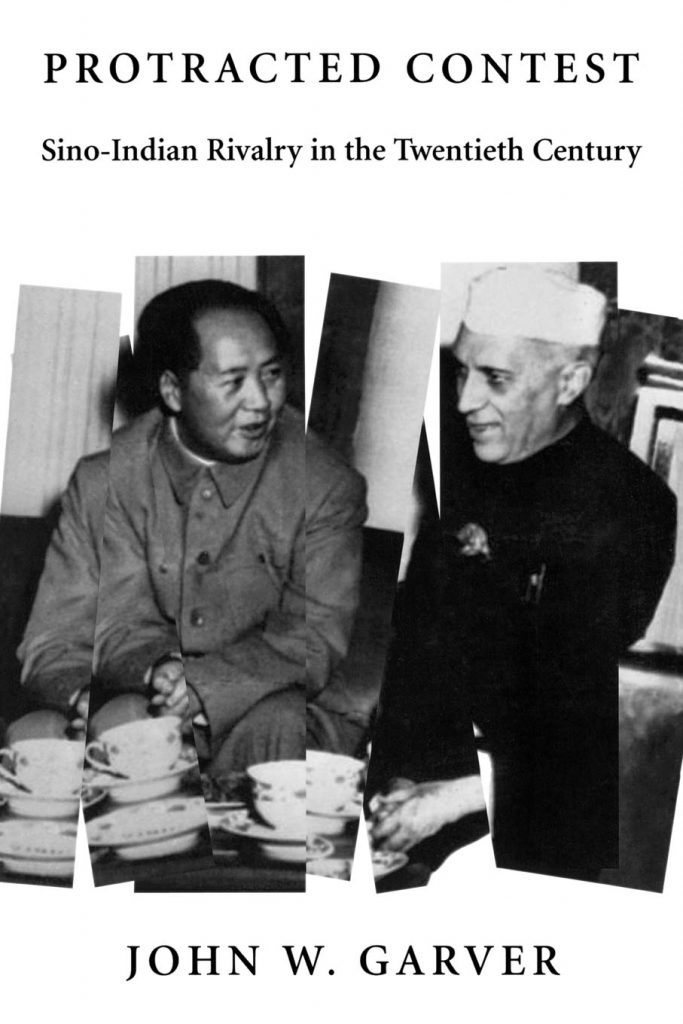
Synopsis:
Ever since the two ancient nations of India and China established modern states in the mid-20th century, they have been locked in a complex rivalry ranging across the South Asian region. Garver offers a scrupulous examination of the two countries’ actions and policy decisions over the past fifty years. He has interviewed many of the key figures who have shaped their diplomatic history and has combed through the public and private statements made by officials, as well as the extensive record of government documents and media reports. He presents a thorough and compelling account of the rivalry between these powerful neighbors and its influence on the region and the larger world.
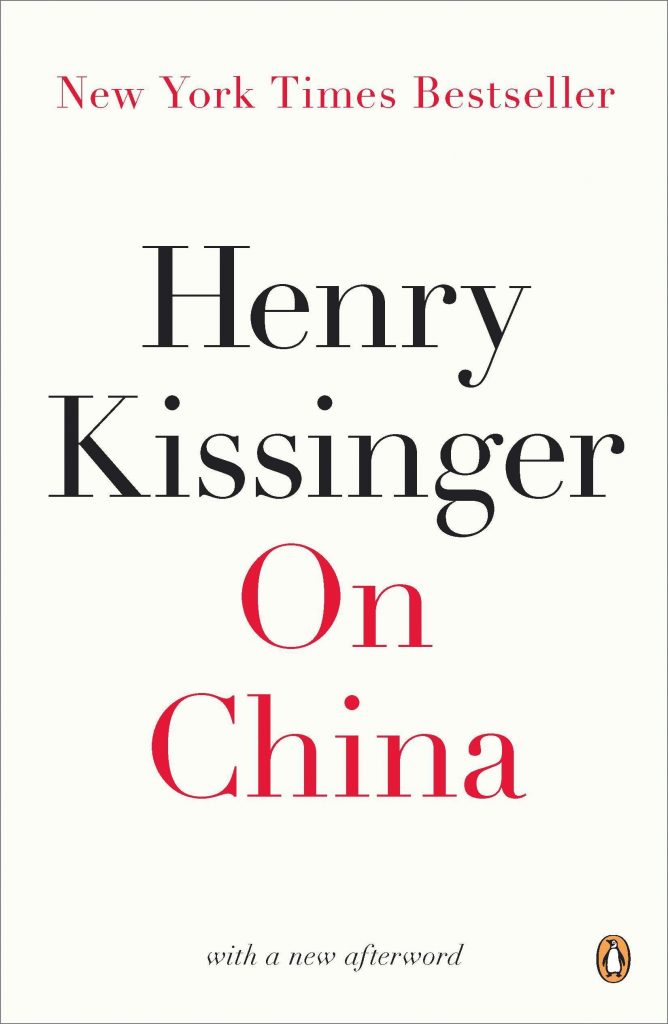
Synopsis:
In this sweeping and insightful history, Henry Kissinger turns for the first time at book length to a country he has known intimately for decades and whose modern relations with the West he helped shape. On China illuminates the inner workings of Chinese diplomacy during such pivotal events as the initial encounters between China and tight line modern European powers, the formation and breakdown of the Sino-Soviet alliance, the Korean War, and Richard Nixon’s historic trip to Beijing. With a new final chapter on the emerging superpower’s twenty-first-century role in global politics and economics, On China provides a historical perspective on Chinese foreign affairs from one of the premier statesmen of our time.
Ambassador Raghavan is a historian, author and former diplomat. You can read more about him and his work here.
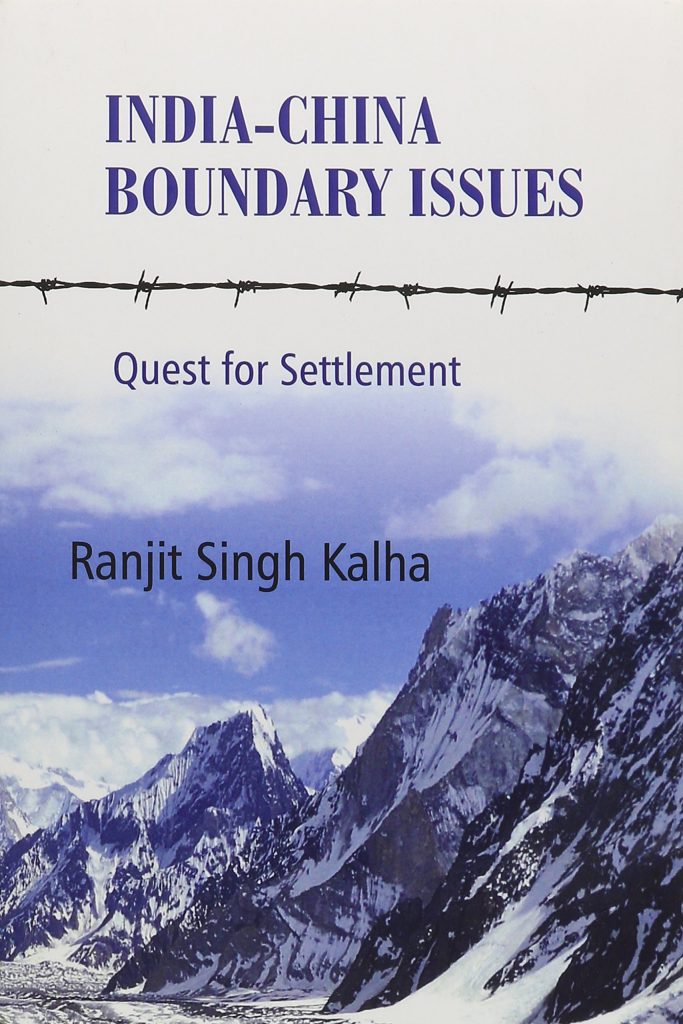
Synopsis:
A boundary agreement is not a simple delineation of lines on a map or a demarcation on the ground. Nor is it a technical matter alone. It is a significant political act. Although a boundary line indicates the extent of sovereignty of a state, yet state security or immunity from external interference does not automatically devolve per se. In the negotiations to resolve the Sino-Indian boundary issue, Mr. Kalha brings out the clear linkages between boundary making, national strategic requirements, regional politics and the influence and role of the great powers of the day. An insider’s fascinating account of the politics of boundary making.
“This is the book I would recommend: most sober and balanced. Published in 2014 so reasonably up to date.” —Ambassador TCA Raghavan
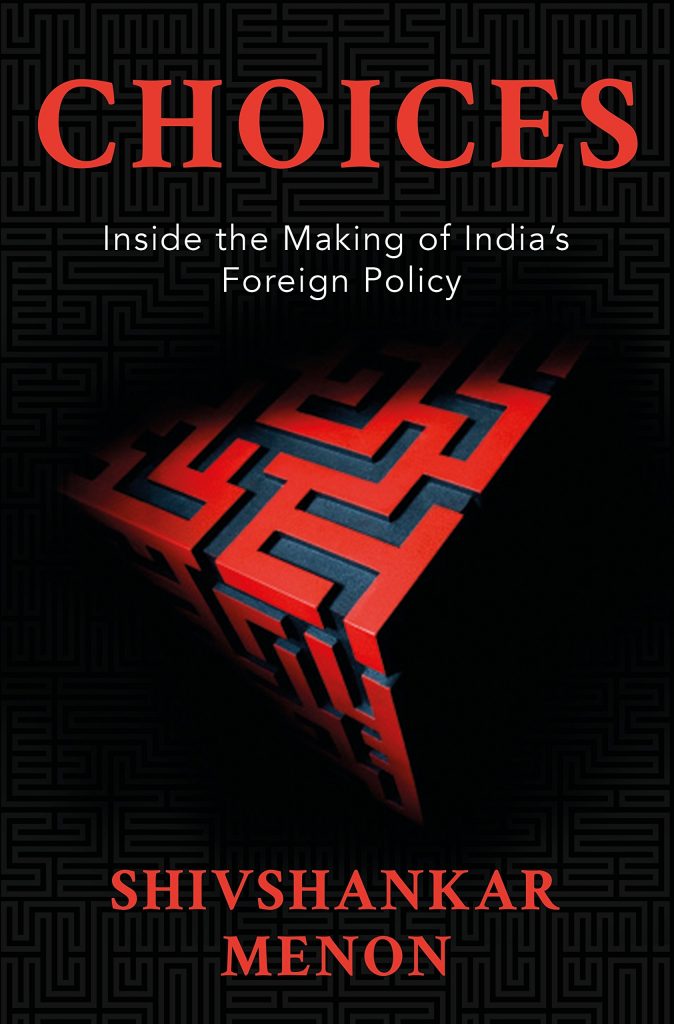
Synopsis:
Shivshankar Menon gives an insider’s account of the negotiations, discussions and assessments that went into the making of five pivotal choices in India’s recent history. These include the decision not to use overt military force against Pakistan after 26/11, the civil nuclear deal with the United States; the border agreement with China; the response to the last months of Sri Lanka’s brutal civil war and the thinking that underlay India’s No First Use nuclear policy.
Drawing on his long and distinguished career as a diplomat holding critical positions in India’s external affairs ministry and in the prime minister’s office, Menon considers each situation against the backdrop of India’s evolving definition of her place in the changing global landscape. He brings out the history, politics and principles involved, while examining and dissecting the reasons for the outcome.
Analytical, lucid and illuminating, Choices is an unmatched insight into the intellectual heft of foreign policy decision-making by one of India’s most formidable diplomatic practitioners who was actively engaged in these five defining moments.
“The best short account is in a chapter in Shivshankar Menon’s Choices, published in 2016 by Penguin. For those who don’t want to dive in too deep at the start, I would suggest they begin with the first chapter of Choices and then look for more detailed studies.” —Ambassador TCA Raghavan
Ambassador Dogra is an author, commentator on foreign and strategic affairs and former diplomat. You can read more about him and his work here.
Synopsis:
“Sadly, India-China relations have for long been a taboo subject in India: as if by not speaking about them we would somehow dull the pain of humiliation in 1962.
This hasn’t happened. 1962 still hurts. Alongside, we have also suffered by being ignorant about where and how India lies along the Himalayas. RS Kalha was a diplomat-scholar who broke this mould and produced a masterly work on the India-China issue.” —Ambassador Rajiv Dogra
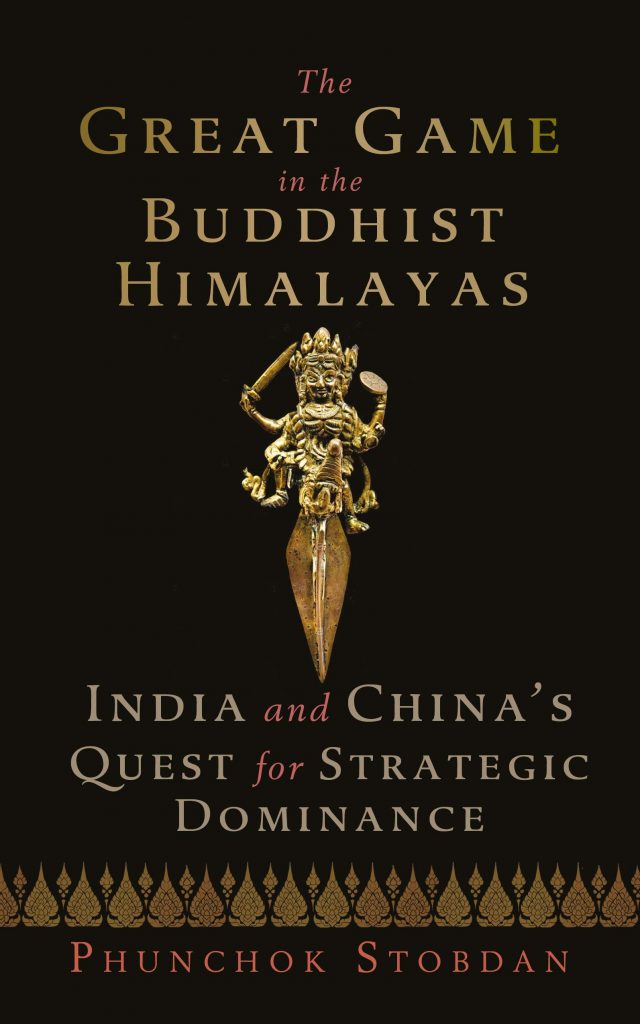
Synopsis:
There is a new ‘great game’ being played in the Buddhist Himalayas between India, China and Tibet, which makes for a crucial third player. Together, they are leveraging their influence with the Buddhist communities to create strategic dominance, with varying degrees of success.
China’s ‘Buddhist diplomacy’ has focused on Nepal and Bhutan, and the Indian Himalayan regions of Ladakh, Arunachal Pradesh and Sikkim, which have sizable Buddhist populations and are vulnerable to this influence. The crisis in Doklam brought into focus what will be one of the most difficult issues to unfold in the Himalayas in future: India’s insufficient ability to deal with China only through the prism of military power.
If Xi Jinping, who is known to be working towards a resolution of the Tibet question, succeeds, and the Dalai Lama does indeed return to Tibet, how will it impact Indian interests in the Buddhist Himalayas? If the Tibet issue remains unresolved, how will India and China deal with and leverage the sectarian strife that is likely to intensify in a post-Dalai Lama world?
The Great Game in the Buddhist Himalayas includes several unknown insights into the India-China, India-Tibet and China-Tibet relationships. It reads like a geopolitical thriller, taking the reader through the intricacies of reincarnation politics, competing spheres of sacred influence, and monastic and sectarian allegiances that will keep the Himalayas on edge for years to come.
“Stobdan has the advantage of belonging to Ladakh and being passionate about the subject. His years as an academic have added to his conviction that India falters in not looking the dragon in the eye.” —Ambassador Rajiv Dogra
Dr. Tharoor is an author and a Member of Parliament. He has previously been a diplomat as well as Minister of State with the central government (including Minister of State for External Affairs). You can read more about him and his work here.

Synopsis:
In this lively, informative and insightful book, Shashi Tharoor brilliantly demonstrates how Indian diplomacy has come of age and forecasts where it will need to focus in the new millennium. He surveys India’s major international relationships in detail, evokes the country’s soft power and offers his thoughts on a new ‘grand strategy’ for the nation, arguing that India must move beyond non-alignment to multi-alignment. Stimulating, reflective, elegantly written and passionately engaged, Pax Indica is another substantial achievement from one of the finest Indian authors of our times.
A 38 page chapter, ‘China and India: Competition, Co-operation or Conflict?’ is an extended essay, written to be accessible to the non-specialist, that reviews the history of the relationship and its potential evolution in detail.
Previously a Lieutenant General with the Indian Army, Lt Gen Panag is currently a defence analyst and commentator on strategic affairs. You can read more about him and his work here.
“There are at least 10 books you have to read to begin to understand any Indo-China conflict. The first three that come to mind relate to the 1962 war.” —Lt Gen HS Panag
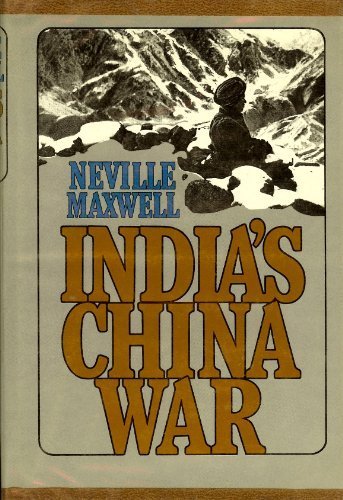
Synopsis:
This book provides an accurate and comprehensive Account of the 1962 Sino-Indian Conflict. Based almost exclusively on information available from Indian sources, the book is a damning account of the ineptitude of top Indian political leadership in Strategic matters. India, facing all the disadvantages of terrain, chose to pursue a ‘Forward Policy’ of establishing indefensible flag posts that could only be supplied by air, against a world-class PLA land Army that held the advantage of a well-connected road network throughout some of the most inhospitable terrain in the world. India’s China War provides a detailed account of the Events surrounding the dispute and remains to date probably the best reference text available as there’s not too much published and easily available on this war. The detail of Maxwell’s Research and his use of confidential documents that he obtained from Indian sources to substantiate details is impressive. His account of the day-to-day moves by the Indian Military leading up to the futile attack on the Chinese in the Dhola Strip area is a classic in historical suspense.
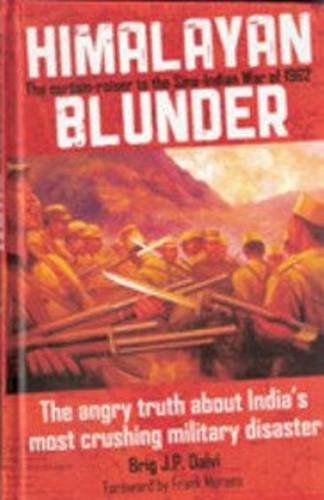
Synopsis:
Himalayan Blunder: The Angry Truth About India’s Most Crushing Military Disaster is an account of the 1962 Sino-Indian war through the narrative of Brigadier JP Dalvi, who fought in the war as the Commander of the 7th Infantry Brigade in NEFA (North-East Frontier Agency). His account of the war is graphic and telling. He was captured by the Chinese forces and held for seven months. As a participant of the war, he was privy to all that went on at the battlefield as well as behind the scenes. Based on his firsthand experiences, he recounts the events that occurred between September 8, 1962, and October 20, 1962. As early as 1951, China silently and steadily began to work its way onto Indian soil. Even in the face of indisputable evidence, India insisted on maintaining cordial relations with the Chinese. China seemed only too happy to play along. Dalvi narrates the manner in which India’s own political leadership worked against its cause. In no uncertain terms, he holds three men responsible for India’s defeat – Jawaharlal Nehru, Krishna Menon, and General Brij Mohan Kaul. Issuing orders from Delhi, they seemed to be clueless about the situation on the battlefield. Undoubtedly, when they were rushed into battle, the Indian soldiers – underfed, ill-equipped, and unprepared as they were – never stood a chance against the powerful Chinese army. Regardless of that, the soldiers fought bravely and laid down their lives for their homeland. Dalvi claims that the apathy and the sheer ineptitude of those at the helm of India’s political affairs sacrificed hundreds of valuable lives. Brigadier Dalvi’s detailed narrative of the massacre of the Indian soldiers, a horror that he witnessed firsthand, is heart-rending. The book was published in 1969. Among all the books based on the subject of the 1962 Sino-Indian war, this book is considered to be one the most striking and authentic versions.

Synopsis:
The circumstances attending the disastrous campaign that followed the Chinese invasion of India’s Himalayan borders have never been clearly understood. Even today, some three decades after the ceasefire of November 1962, very little official information has been made available to the public or the press about that brief but traumatic episode.
The present memoir is therefore all the more welcome, not only because it comes from the pen of one who is an established writer and commentator on military affairs but also because, as Director of Military Operations at Army Headquarters during that fateful period, he both witnessed and took part in the processes through which government policies were formulated and the decision taken to go to war against the Chinese, in circumstances that must have indicated inevitable catastrophe.
General Palit describes with refreshing candour the ad hoc nature of the decision-making apparatus at prime ministerial and cabinet levels, the lack of any semblance of coordinated staff analyses, the overreach of government into the responsibilities of the military, and the quiescence of the latter in permitting it. He is uninhibited in recording facts as he saw them and the opinions he held at the time, though always careful to distinguish between that and hind-sight rationalization. While commenting on the actions of others the author is also frankly and disarmingly self-critical.
In an attempt to explain the historical causes for the almost total lack of interface between the government and the military, a leitmotiv that runs through the narrative, the author has made an interesting analysis of the ethos of the Indian Army as it has developed during the British-Indian period, an inheritance from the colonial past that remained unchanged despite forty-five years of independence. In a fascinating postscript the author demonstrates that this malfunctioning of the government’s national security system continues to the present day.
Col Shukla is a journalist known for his writings on defence policy and a retired colonel of the Indian army. He is Consulting Editor (Strategic Affairs) with Business Standard. You can read more about him and his work here.
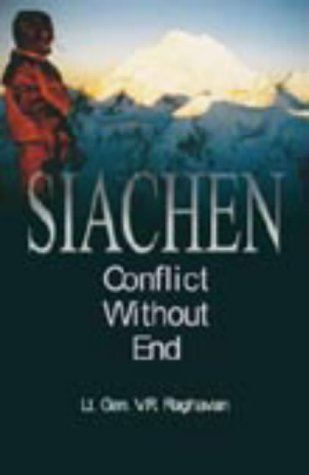
The book takes a hard look at the extraordinary compulsions that have led to the impasse and explains why the glacier has become so strategically important. It traces the historical, geopolitical background to the issue and links the China-India-Pakistan interests in the area. Using his expertise as Commanding General of Siachen and Director General of Military Operations, Lt-Gen. (Retd.) VR Raghavan gives us a candid account of action in the ‘highest battlefield in the world’. VR Raghavan traces the conflict from the seemingly innocuous mountaineering expeditions of the Pakistani military, to its abortive attempt to convert a cartographic intrusion into a military one. The glacier has witnessed some of the most ferocious battles in military history. Braving temperatures of minus 50 degrees Celsius and altitudes of 20,000 feet, soldiers have fought like men possessed to retain every inch of territory. The author takes us behind the scenes to give a detailed account of the seven rounds of talks held between India and Pakistan and shows how, at times, political compulsions prevented a breakthrough from being achieved. Spelling out ways of conflict management and resolution, the author stresses the need for a strong political will to end the strife.
“As you would know from the current intrusions by Chinese troops, the Siachen Glacier is directly related to the Sino-Indian relationship.” —Col Ajai Shukla
Aims to make widely available primary sources, work by professional historians and scholars and writers who bring a fresh insight to historical understanding.
| 2500 BC - Present | |

|
2500 BC - Present |
| Tribal History: Looking for the Origins of the Kodavas | |
| 2200 BC to 600 AD | |

|
2200 BC to 600 AD |
| War, Political Violence and Rebellion in Ancient India | |
| 400 BC to 1001 AD | |
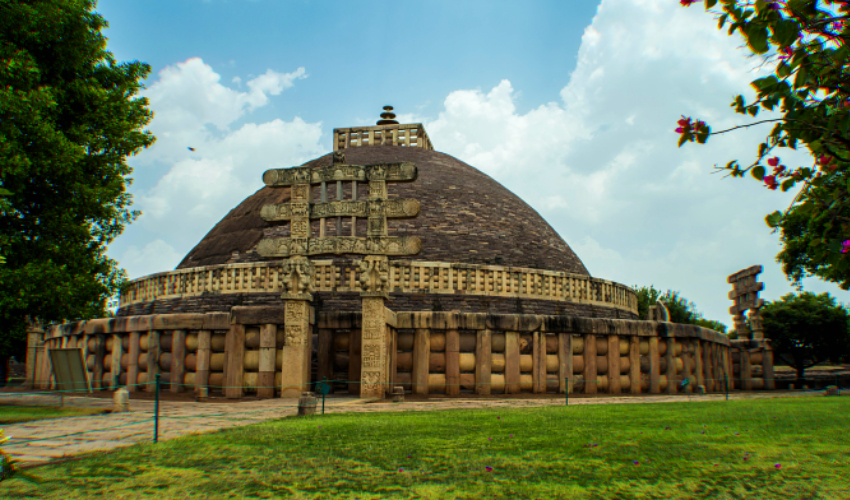
|
400 BC to 1001 AD |
| The Dissent of the ‘Nastika’ in Early India | |
| 600CE-1200CE | |
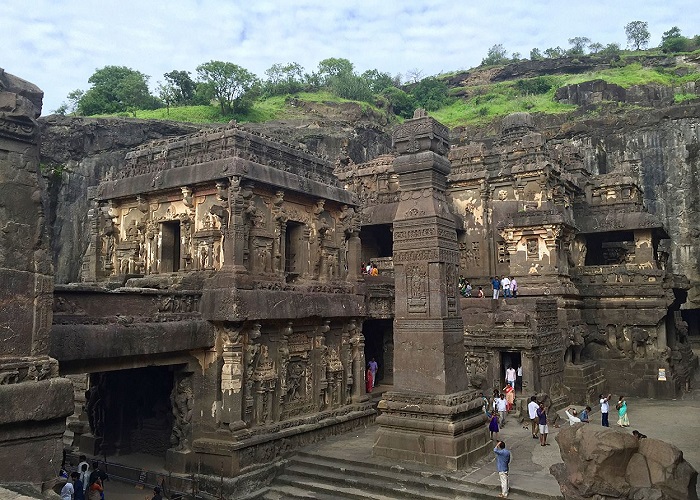
|
600CE-1200CE |
| The Other Side of the Vindhyas: An Alternative History of Power | |
| c. 700 - 1400 AD | |
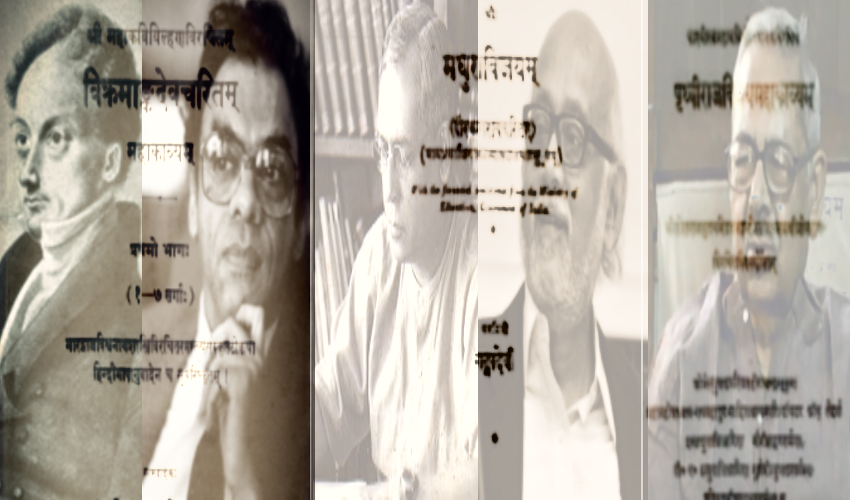
|
c. 700 - 1400 AD |
| A Historian Recommends: Representing the ‘Other’ in Indian History | |
| c. 800 - 900 CE | |
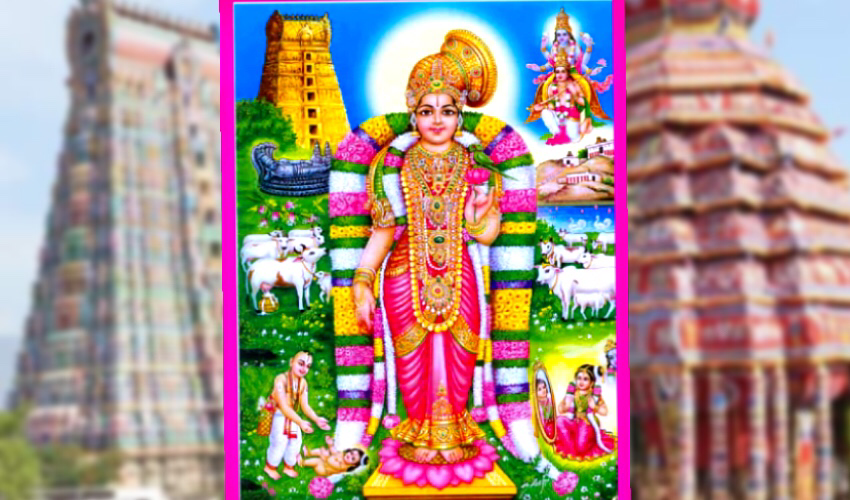
|
c. 800 - 900 CE |
| ‘Drape me in his scent’: Female Sexuality and Devotion in Andal, the Goddess | |
| 1192 | |
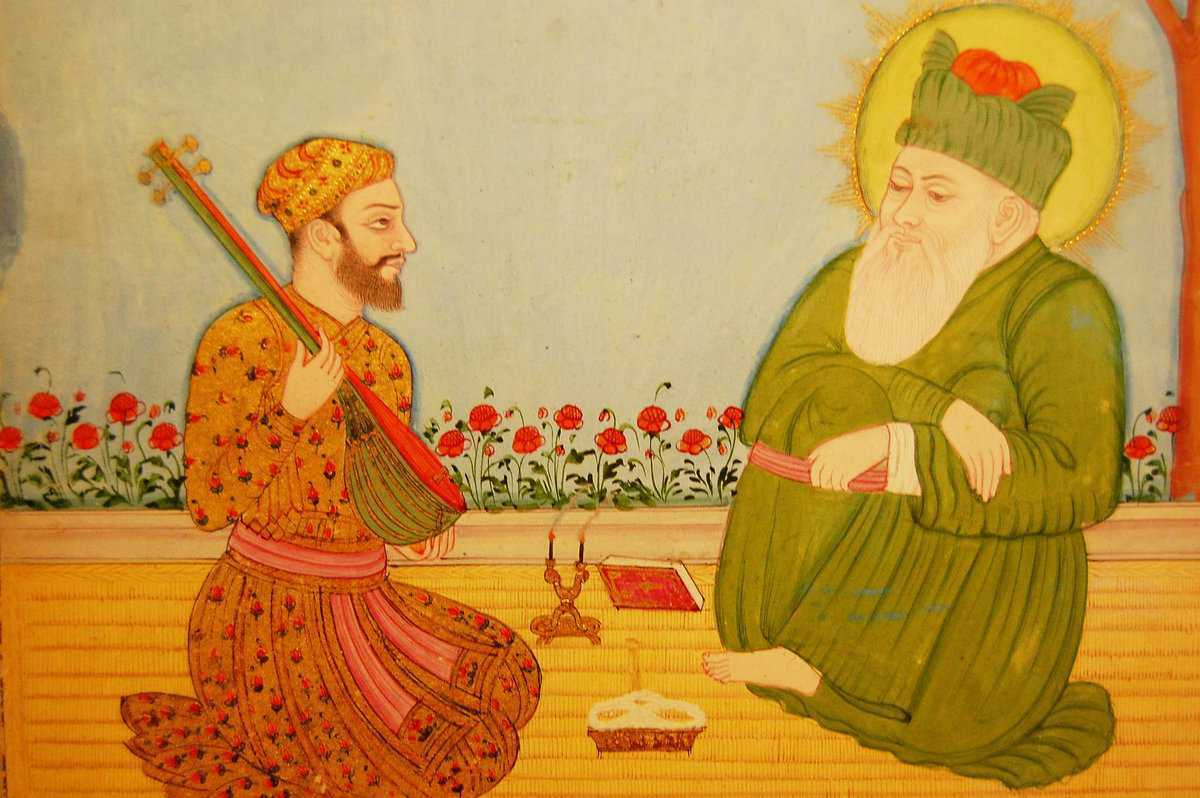
|
1192 |
| Sufi Silsilahs: The Mystic Orders in India | |
| 1200 - 1850 | |

|
1200 - 1850 |
| Temples, deities, and the law. | |
| c. 1500 - 1600 AD | |
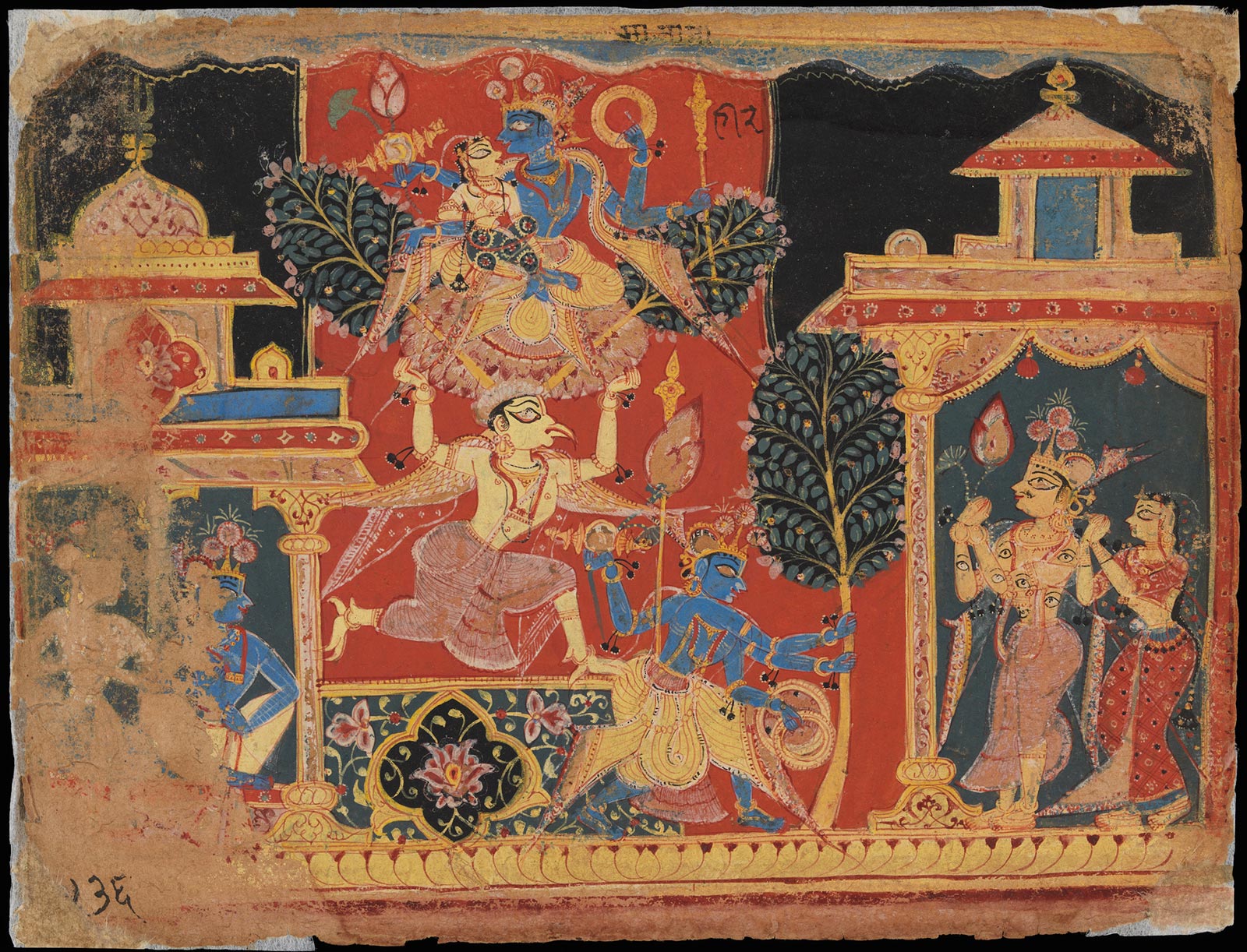
|
c. 1500 - 1600 AD |
| A Historian Recommends: Religion in Mughal India | |
| 1200-2020 | |
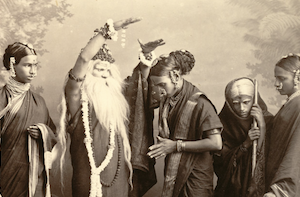
|
1200-2020 |
| Policing Untouchables and Producing Tamasha in Maharashtra | |
| 1530-1858 | |

|
1530-1858 |
| Rajputs, Mughals and the Handguns of Hindustan | |
| 1575 | |
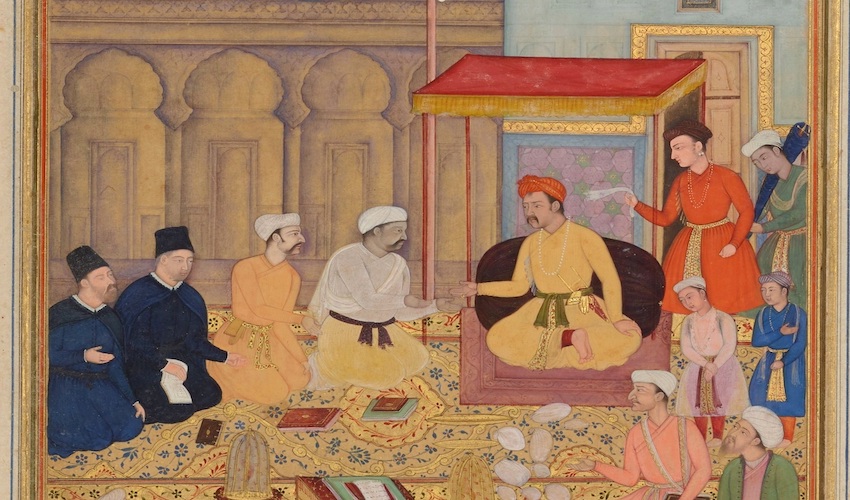
|
1575 |
| Abdul Qadir Badauni & Abul Fazl: Two Mughal Intellectuals in King Akbar‘s Court | |
| 1579 | |
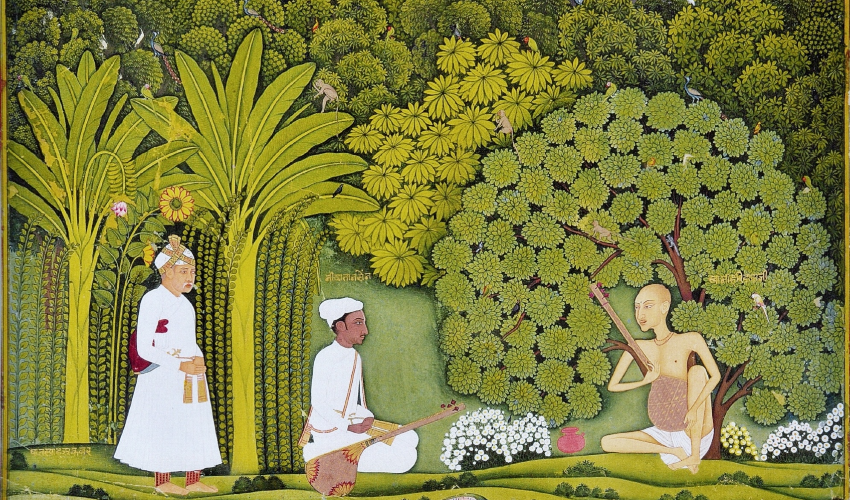
|
1579 |
| Padshah-i Islam | |
| 1550-1800 | |
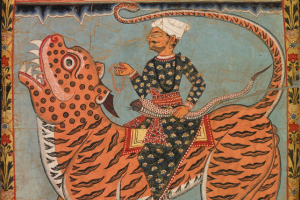
|
1550-1800 |
| Who are the Bengal Muslims? : Conversion and Islamisation in Bengal | |
| c. 1600 CE-1900 CE | |

|
c. 1600 CE-1900 CE |
| The Birth of a Community: UP’s Ghazi Miyan and Narratives of ‘Conquest’ | |
| 1553 - 1900 | |
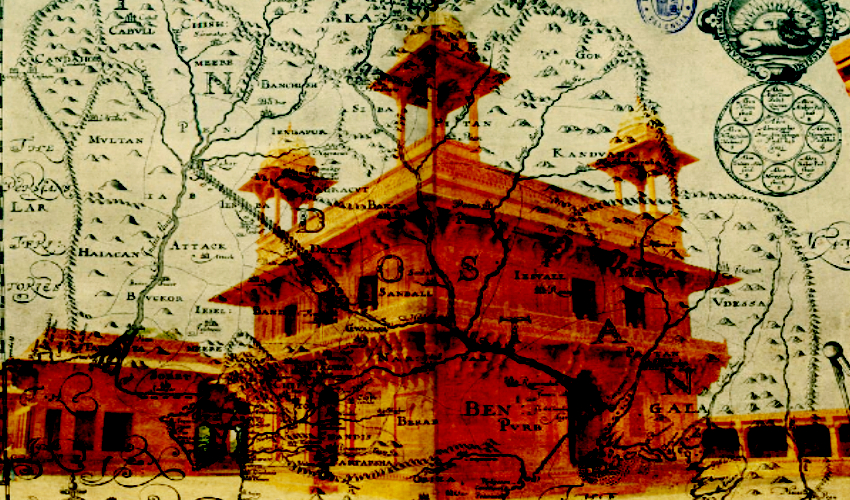
|
1553 - 1900 |
| What Happened to ‘Hindustan’? | |
| 1630-1680 | |
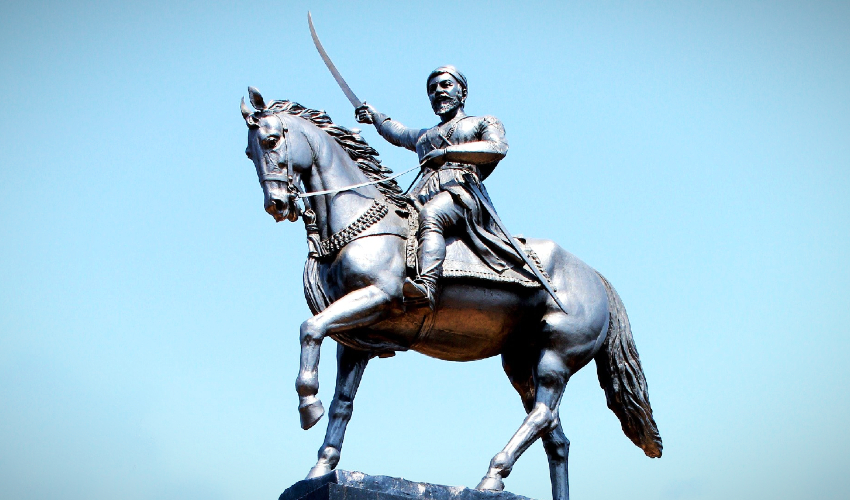
|
1630-1680 |
| Shivaji: Hindutva Icon or Secular Nationalist? | |
| 1630 -1680 | |
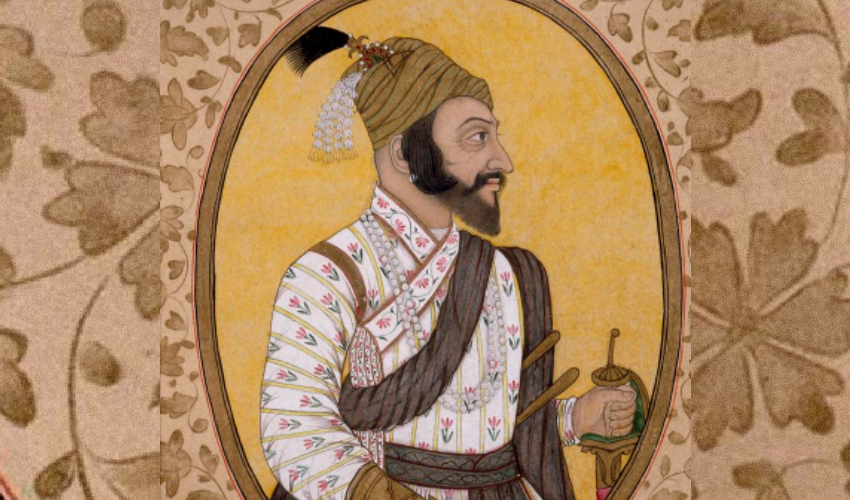
|
1630 -1680 |
| Shivaji: His Legacy & His Times | |
| c. 1724 – 1857 A.D. | |

|
c. 1724 – 1857 A.D. |
| Bahu Begum and the Gendered Struggle for Power | |
| 1818 - Present | |
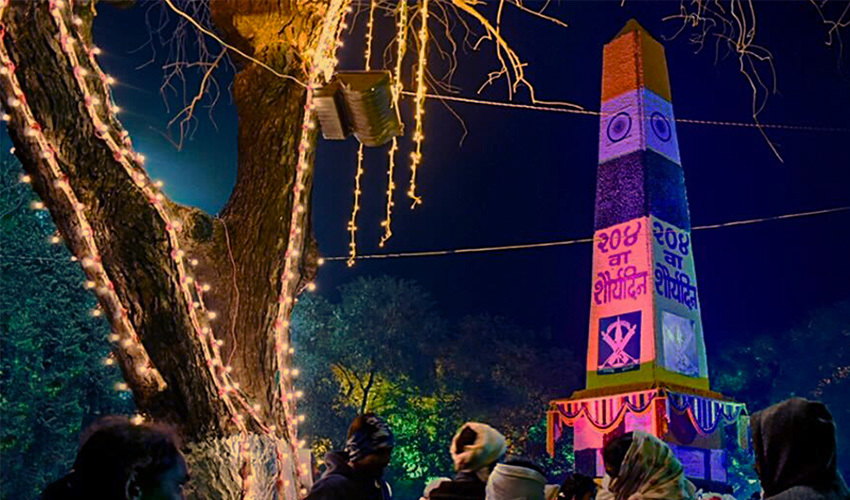
|
1818 - Present |
| The Contesting Memories of Bhima-Koregaon | |
| 1831 | |
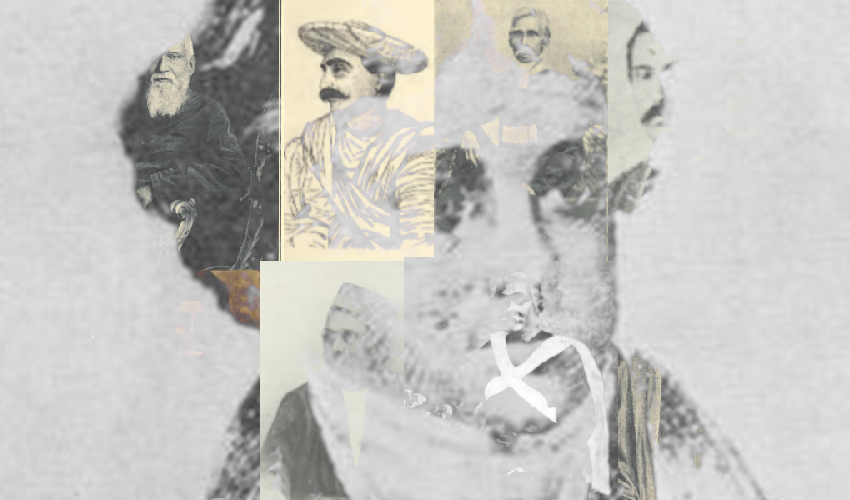
|
1831 |
| The Derozians’ India | |
| 1855 | |
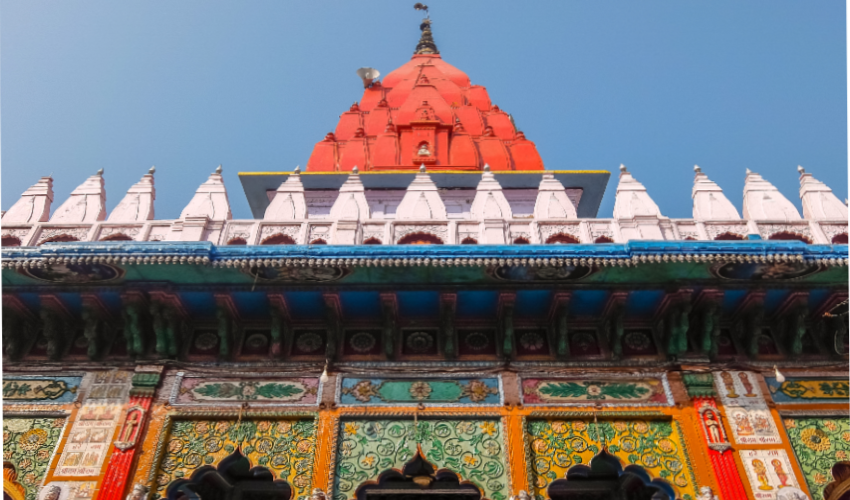
|
1855 |
| Ayodhya 1855 | |
| 1856 | |
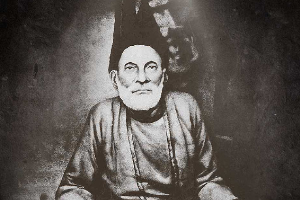
|
1856 |
| “Worshipping the dead is not an auspicious thing” — Ghalib | |
| 1857 | |
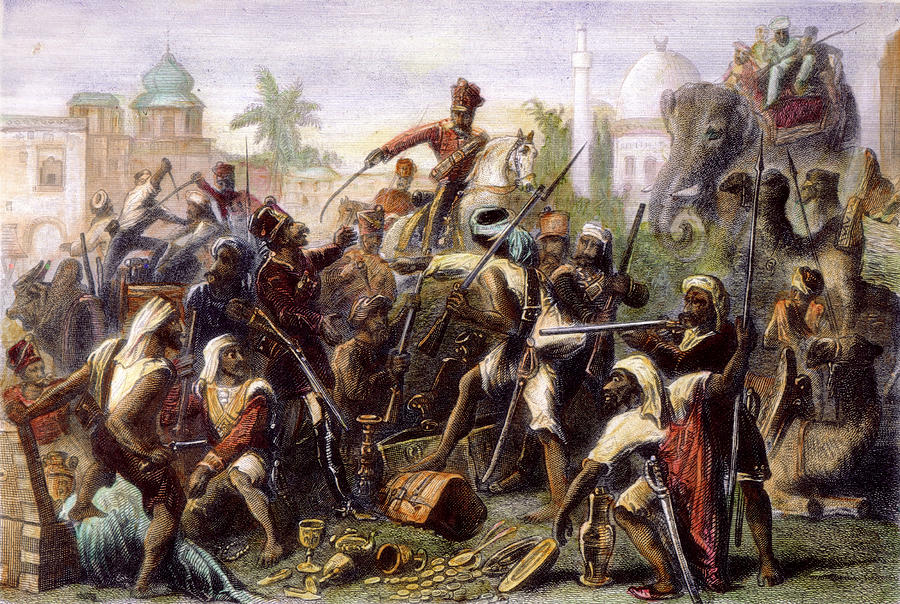
|
1857 |
| A Subaltern speaks: Dalit women’s counter-history of 1857 | |
| 1858 - 1976 | |
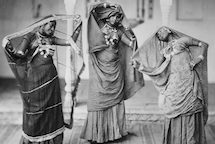
|
1858 - 1976 |
| Lifestyle as Resistance: The Curious Case of the Courtesans of Lucknow | |
| 1883 - 1894 | |
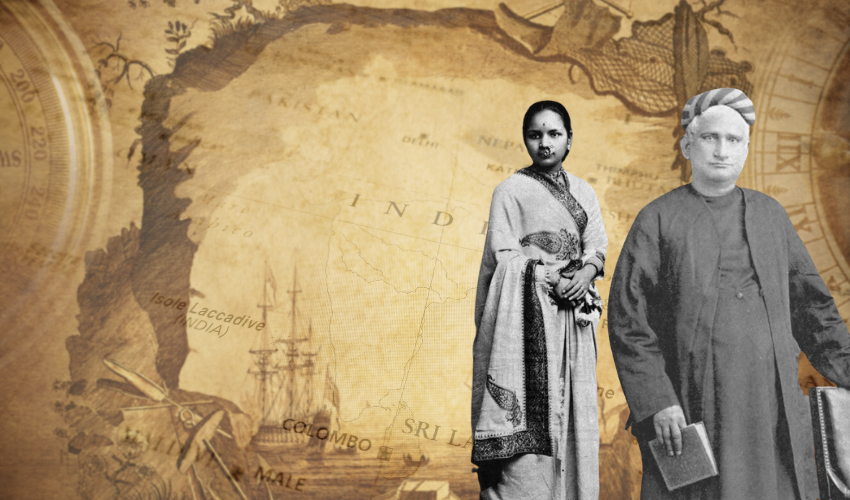
|
1883 - 1894 |
| The Sea Voyage Question: A Nineteenth century Debate | |
| 1887 | |
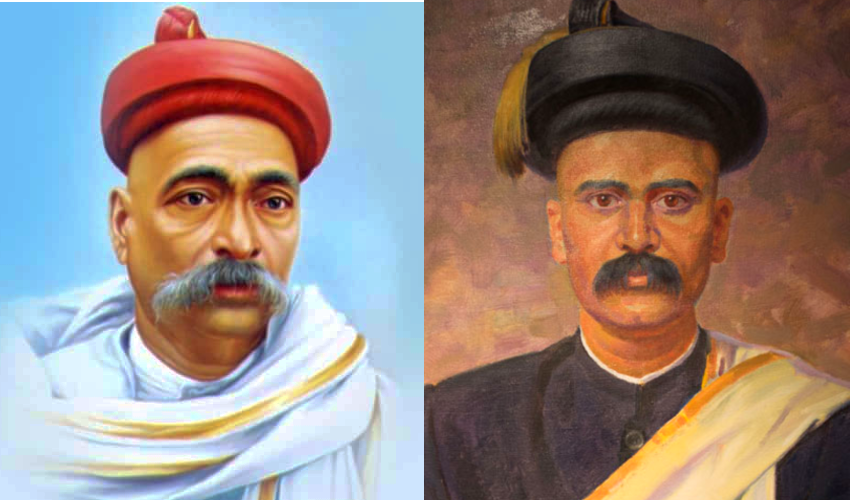
|
1887 |
| The Great Debaters: Tilak Vs. Agarkar | |
| 1893-1946 | |
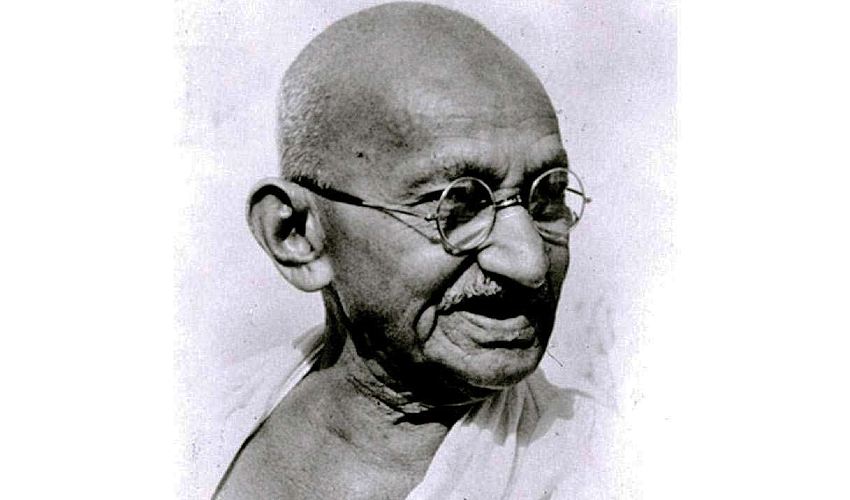
|
1893-1946 |
| A Historian Recommends: Gandhi Vs. Caste | |
| 1897 | |
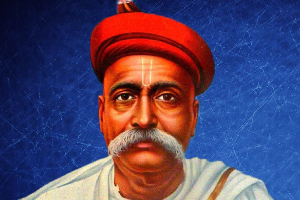
|
1897 |
| Queen Empress vs. Bal Gangadhar Tilak: An Autopsy | |
| 1913 - 1916 Modern Review | |
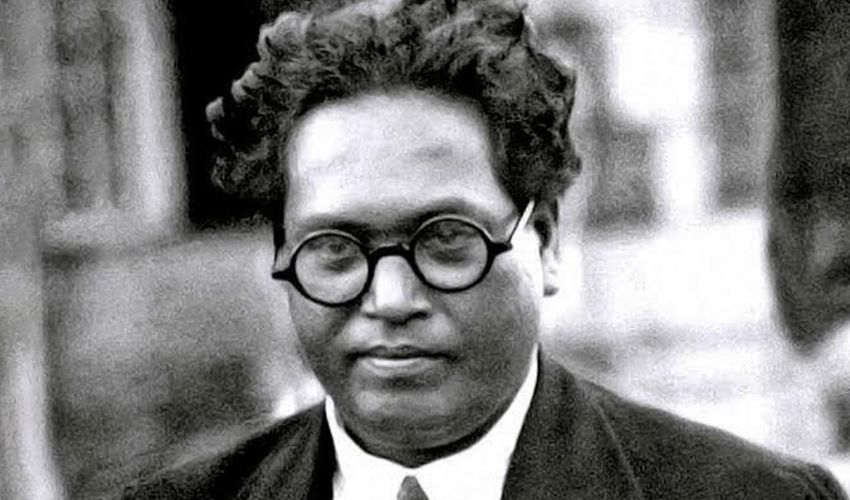
|
1913 - 1916 |
| A Young Ambedkar in New York | |
| 1916 | |
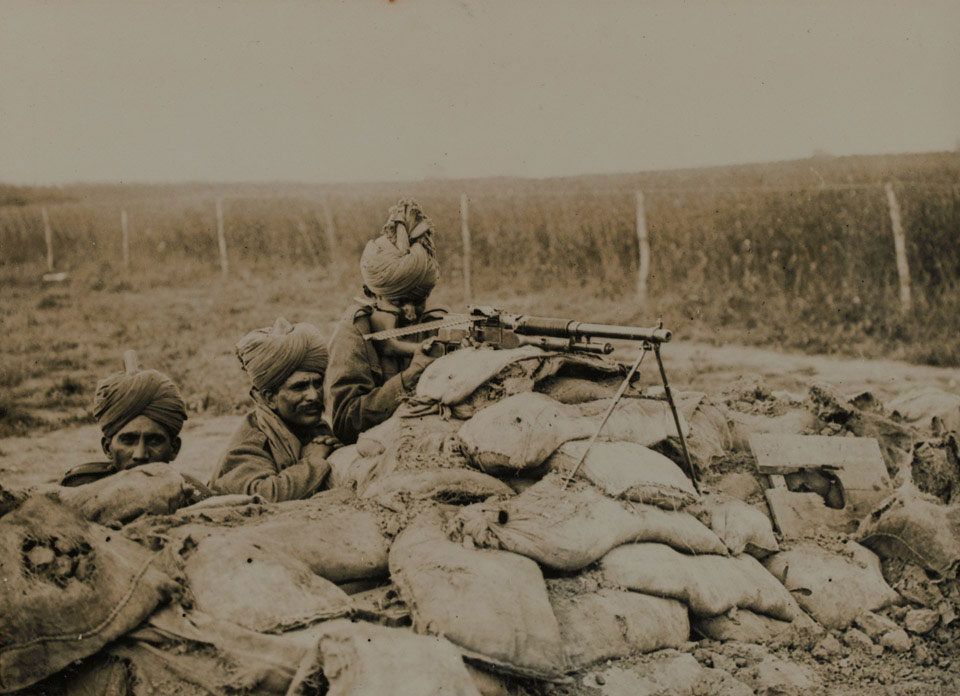
|
1916 |
| A Rare Account of World War I by an Indian Soldier | |
| 1917 | |
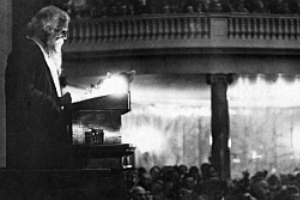
|
1917 |
| On Nationalism, by Tagore | |
| 1918 - 1919 | |

|
1918 - 1919 |
| What Happened to the Virus That Caused the World’s Deadliest Pandemic? | |
| 1920 - 1947 | |

|
1920 - 1947 |
| How One Should Celebrate Diwali, According to Gandhi | |
| 1921 | |
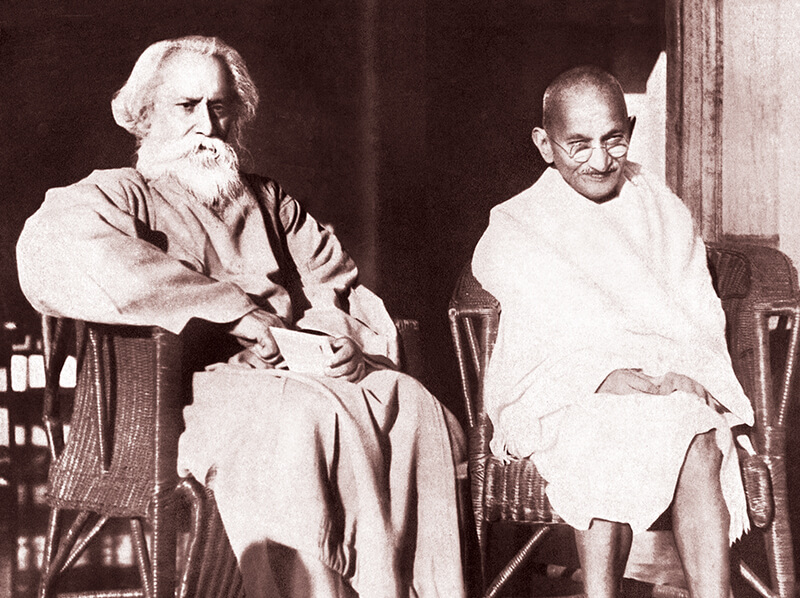
|
1921 |
| Great Debates: Tagore Vs. Gandhi (1921) | |
| 1921 - 2015 | |
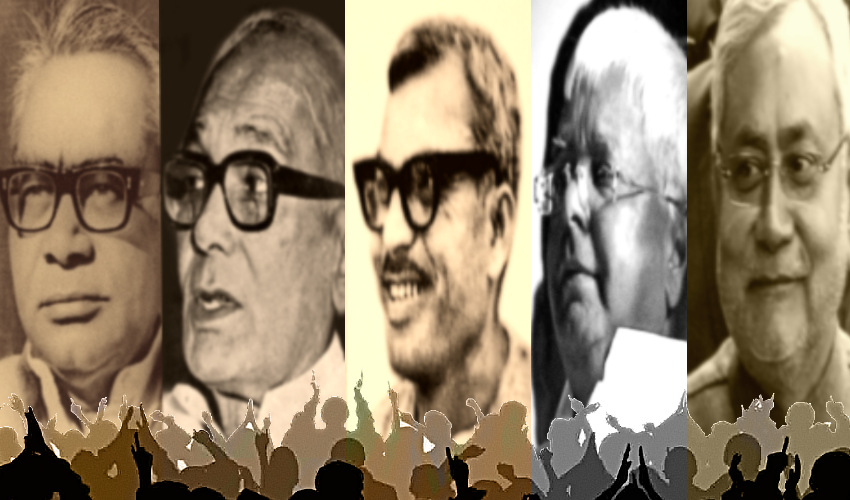
|
1921 - 2015 |
| A History of Caste Politics and Elections in Bihar | |
| 1915-1921 | |
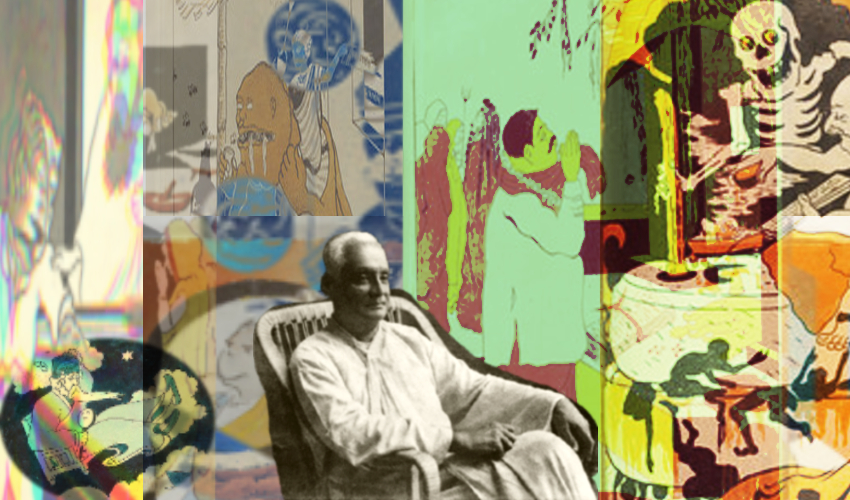
|
1915-1921 |
| The Satirical Genius of Gaganendranath Tagore | |
| 1924-1937 | |

|
1924-1937 |
| What were Gandhi’s Views on Religious Conversion? | |
| 1900-1950 | |
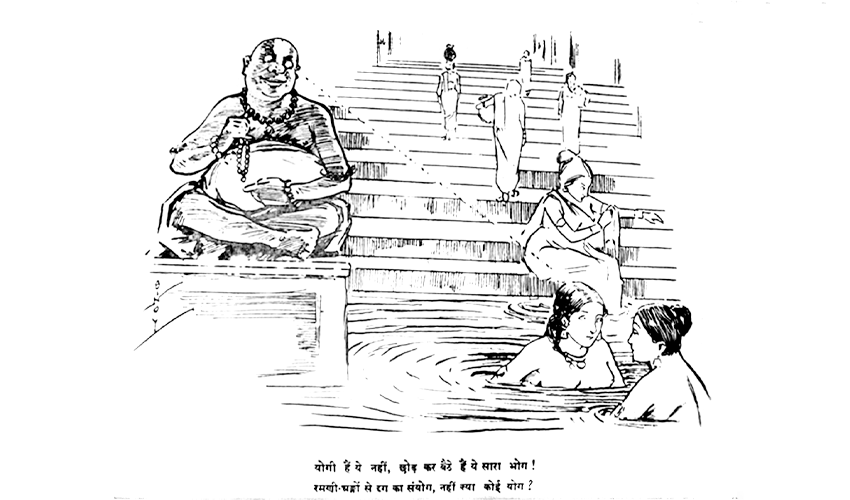
|
1900-1950 |
| Gazing at the Woman’s Body: Historicising Lust and Lechery in a Patriarchal Society | |
| 1925, 1926 | |
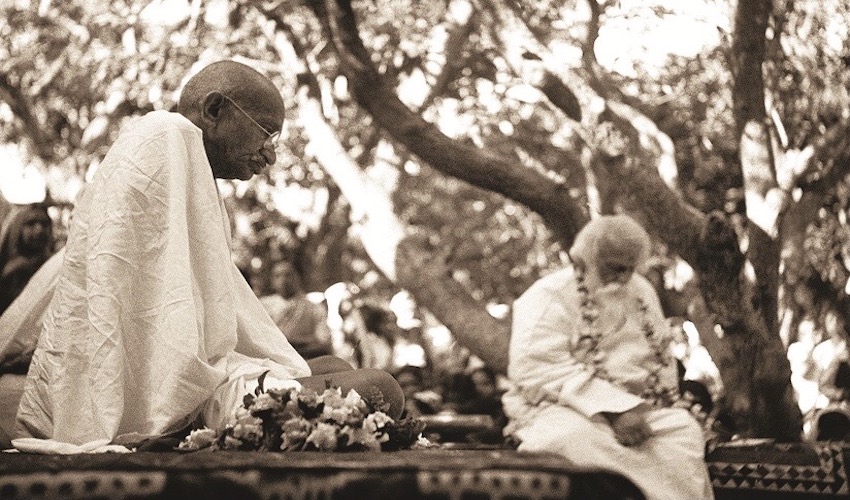
|
1925, 1926 |
| Great Debates: Tagore vs Gandhi (1925-1926) | |
| 1928 | |
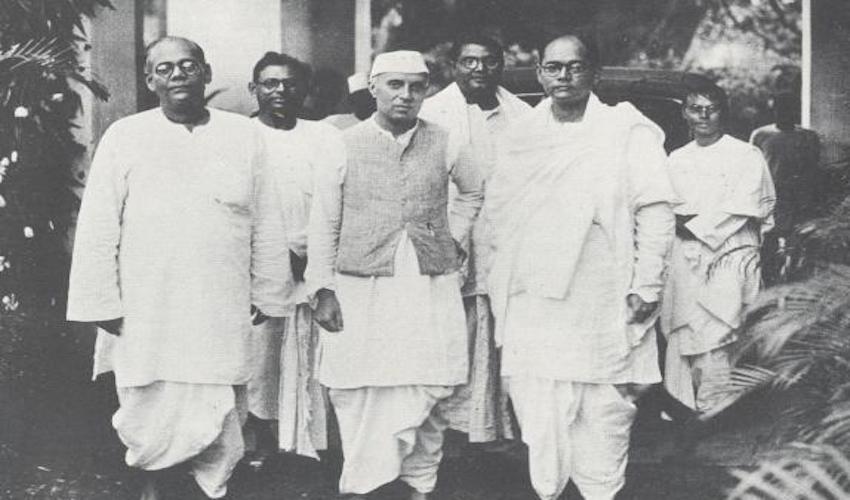
|
1928 |
| Bhagat Singh’s dilemma: Nehru or Bose? | |
| 1930 Modern Review | |
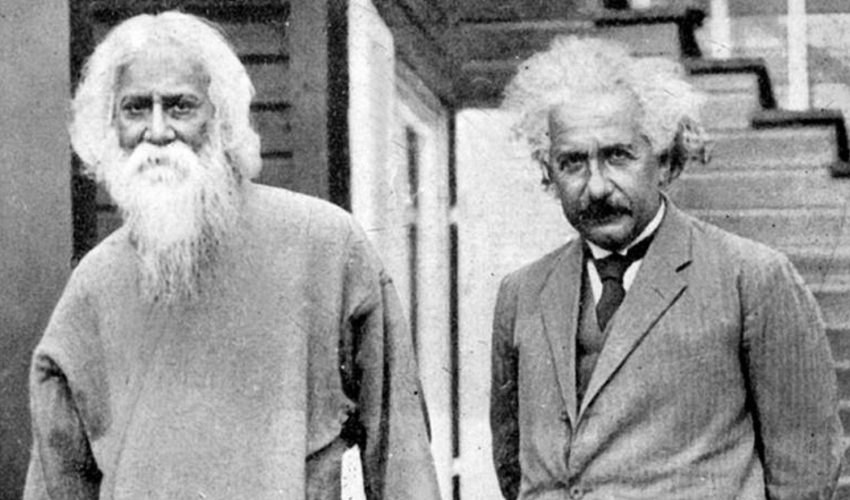
|
1930 |
| The Modern Review Special: On the Nature of Reality | |
| 1932 | |
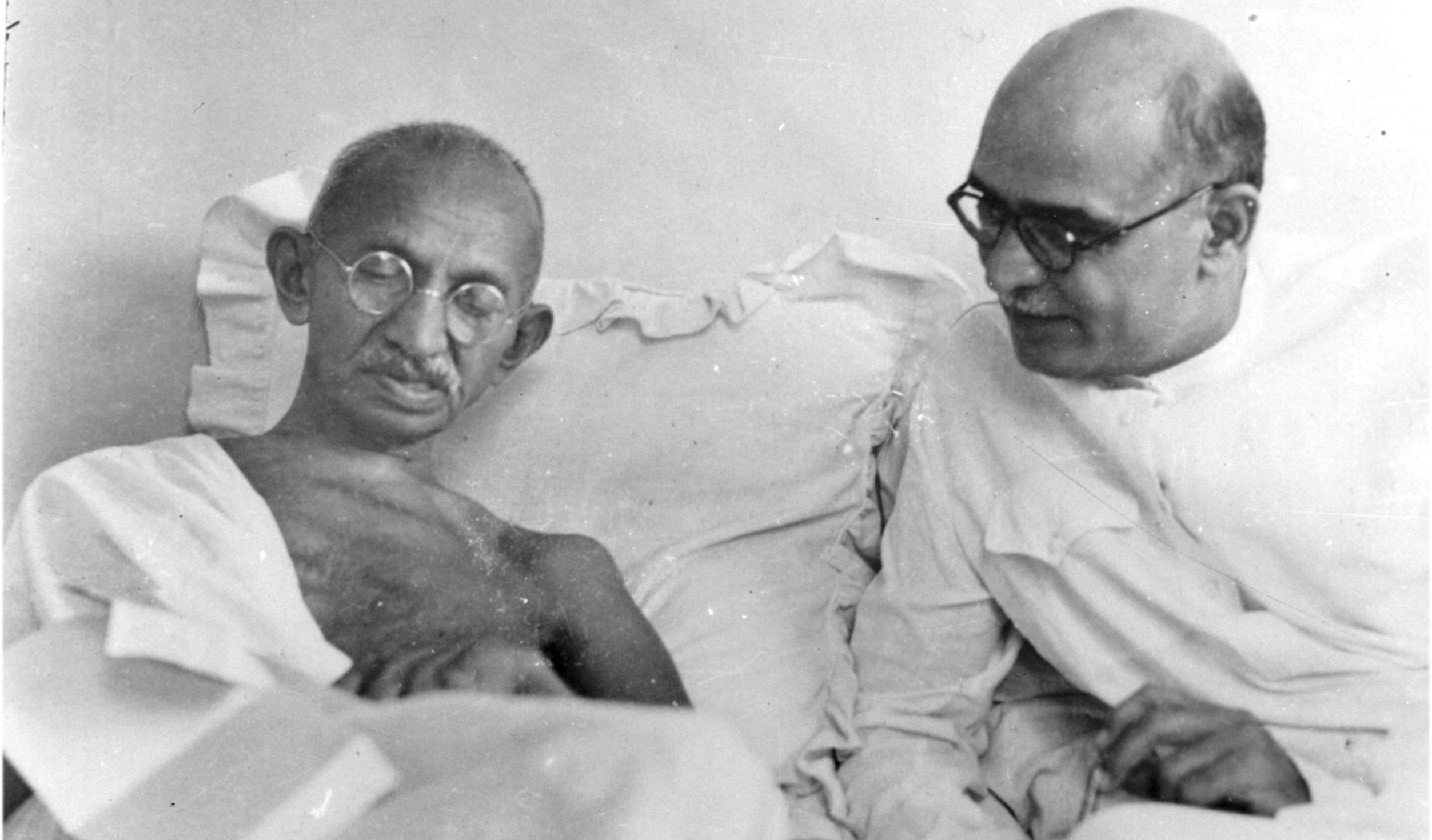
|
1932 |
| Caste, Gandhi and the Man Beside Gandhi | |
| 1933 - 1991 | |

|
1933 - 1991 |
| Raghubir Sinh: The Prince Who Would Be Historian | |
| 1935 | |
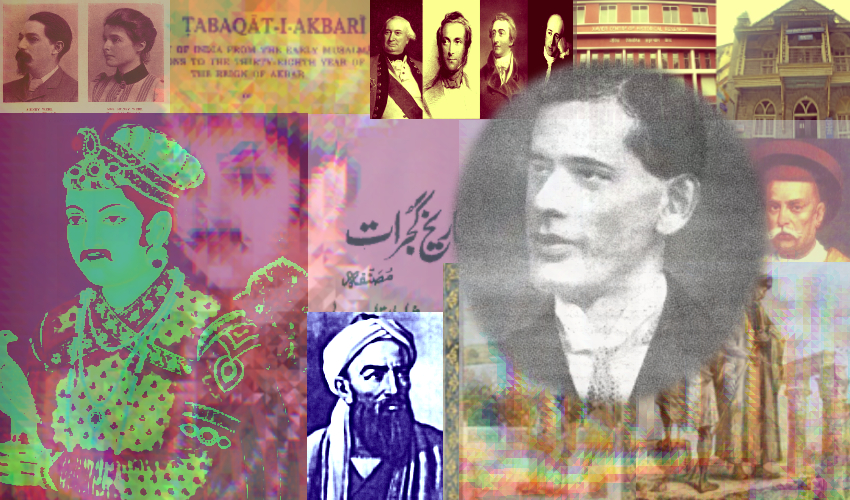
|
1935 |
| A Historian Recommends: SA Khan’s Timeless Presidential Address | |
| 1865-1928 | |
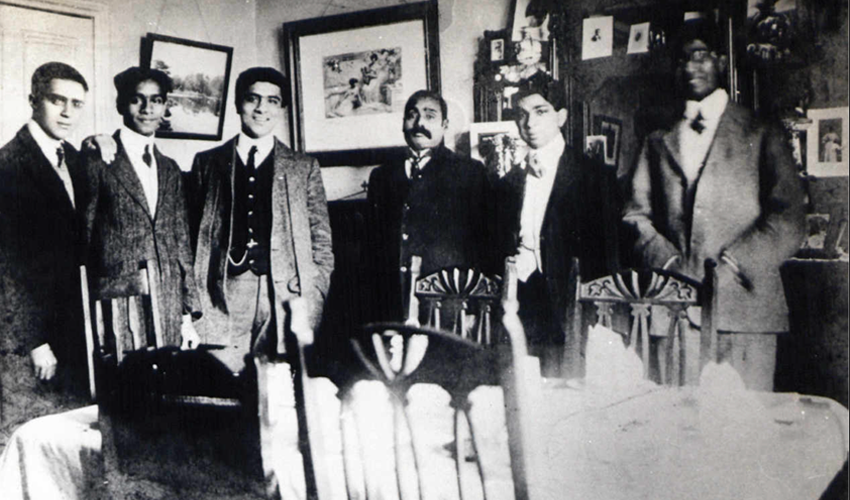
|
1865-1928 |
| Understanding Lajpat Rai’s Hindu Politics and Secularism | |
| 1935 Modern Review | |
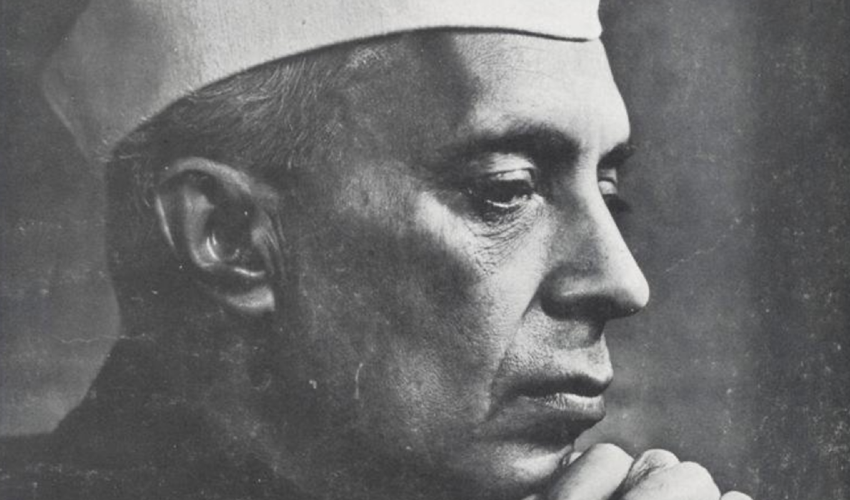
|
1935 |
| The Modern Review Special: The Mind of a Judge | |
| 1936 Modern Review | |
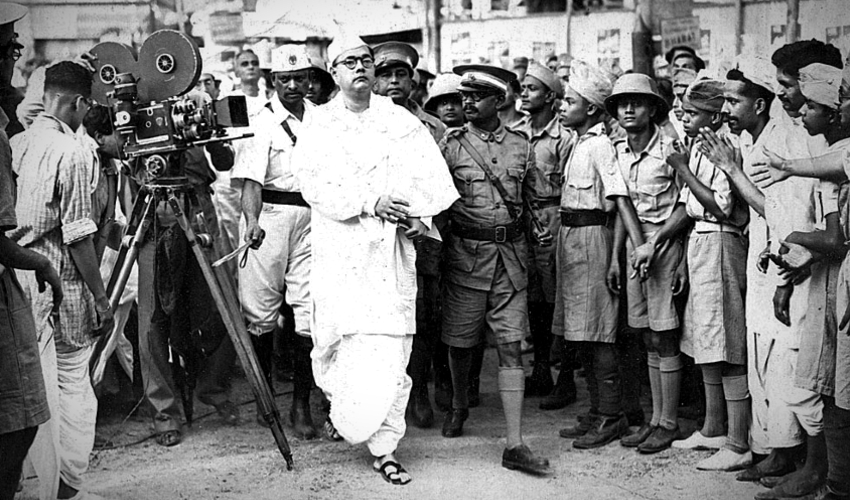
|
1936 |
| The Modern Review Special: When Netaji Subhas Bose Was Wrongfully Detained for ‘Terrorism’ | |
| 1936 | |

|
1936 |
| Annihilation of Caste: Part 1 | |
| 1936 Modern Review | |

|
1936 |
| The Modern Review Special: An Indian MP in the British Parliament | |
| 1936 | |

|
1936 |
| Annihilation of Caste: Part 2 | |
| 1936 | |

|
1936 |
| A Reflection of His Age: Munshi Premchand on the True Purpose of Literature | |
| 1936 Modern Review | |
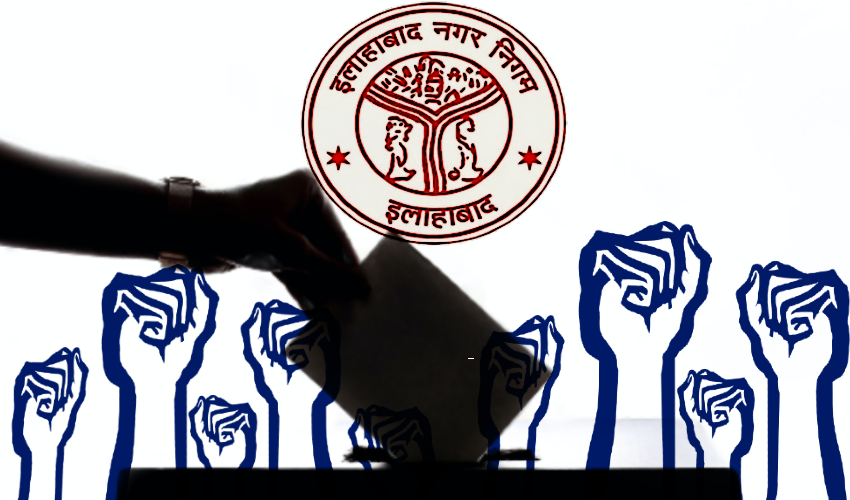
|
1936 |
| The Modern Review Special: The Defeat of a Dalit Candidate in a 1936 Municipal Election | |
| 1937 Modern Review | |
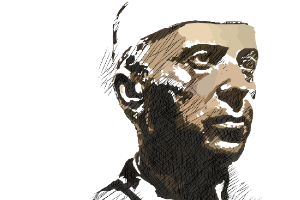
|
1937 |
| The Modern Review Special: Rashtrapati | |
| 1938 | |
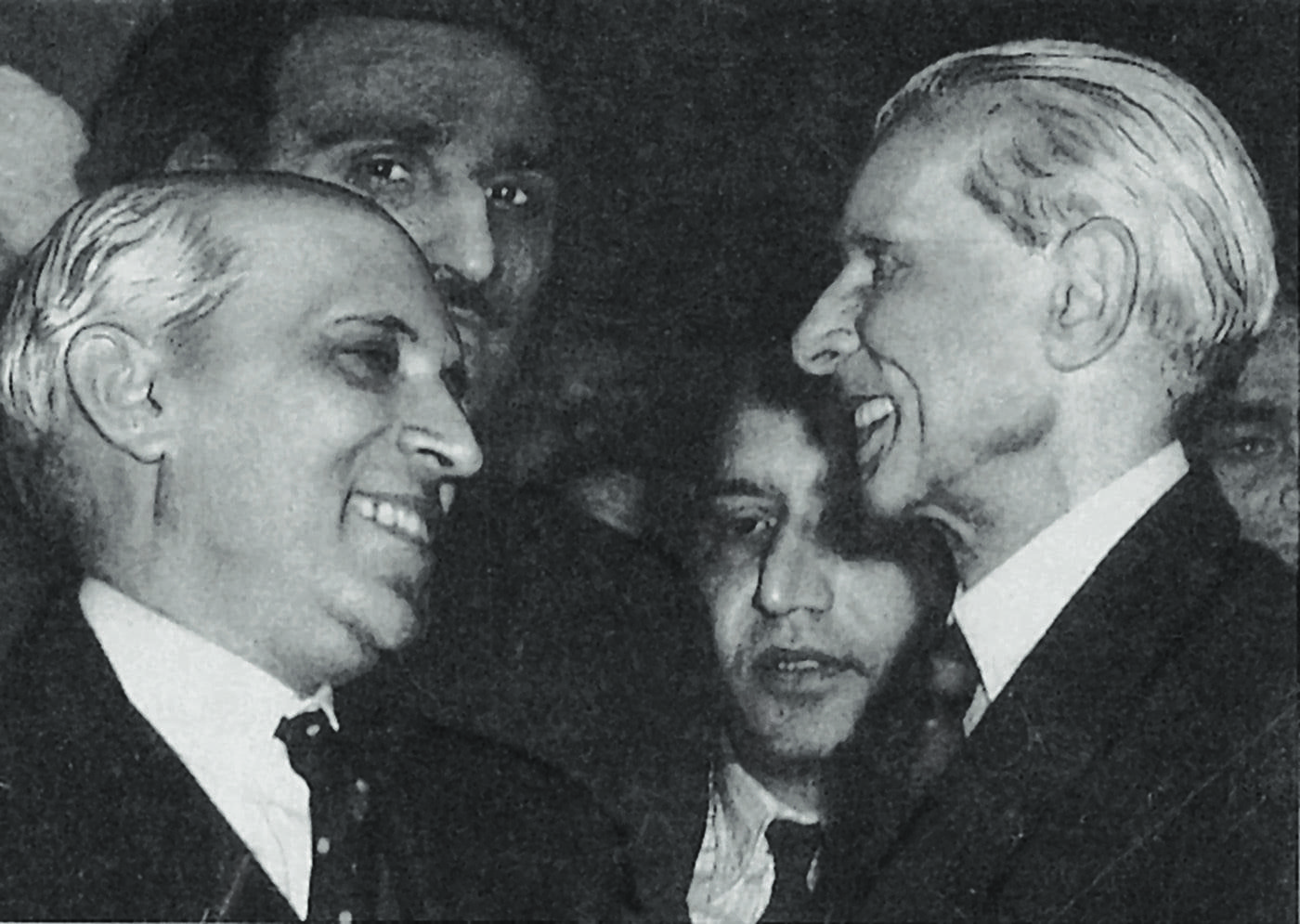
|
1938 |
| Great Debates: Nehru Vs. Jinnah (1938) | |
| 1942 Modern Review | |
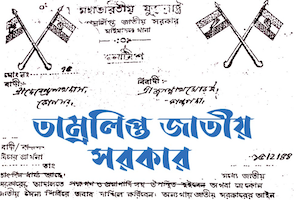
|
1942 |
| IHC Uncovers: A Parallel Government In British India (Part 1) | |
| 1943-1945 | |
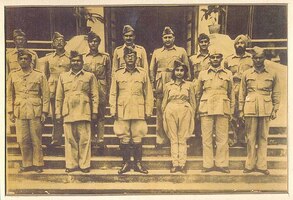
|
1943-1945 |
| Origin Of The Azad Hind Fauj | |
| 1942-1945 | |

|
1942-1945 |
| IHC Uncovers: A Parallel Government in British India (Part 2) | |
| 1946 | |
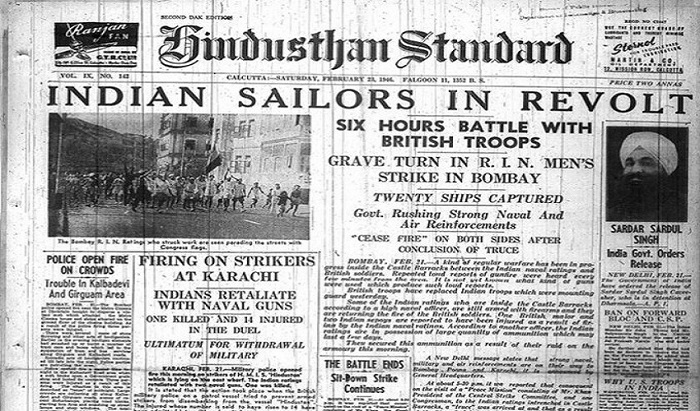
|
1946 |
| Our Last War of Independence: The Royal Indian Navy Mutiny of 1946 | |
| 1946 | |
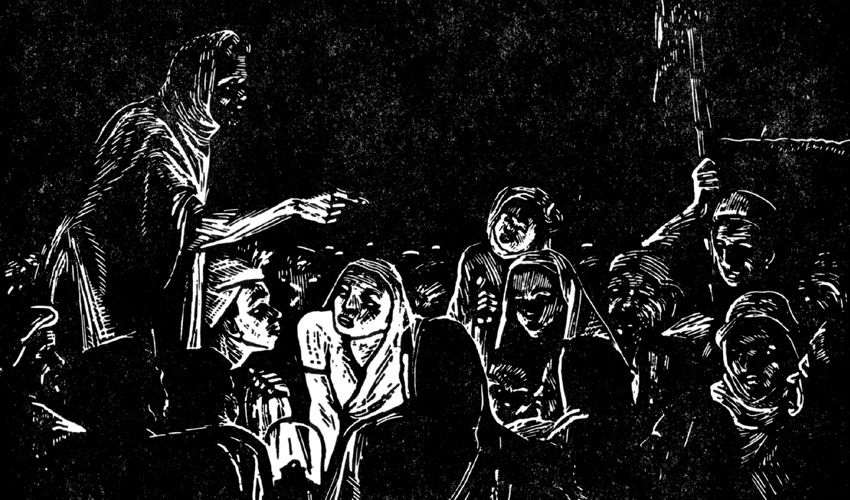
|
1946 |
| An Artist’s Account of the Tebhaga Movement in Pictures And Prose | |
| 1946 – 1947 | |
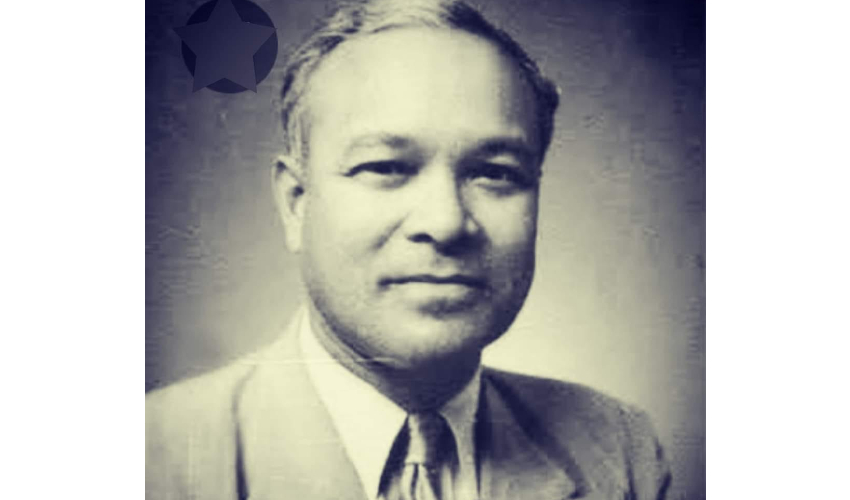
|
1946 – 1947 |
| “The Most Democratic People on Earth” : An Adivasi Voice in the Constituent Assembly | |
| 1946-1947 | |
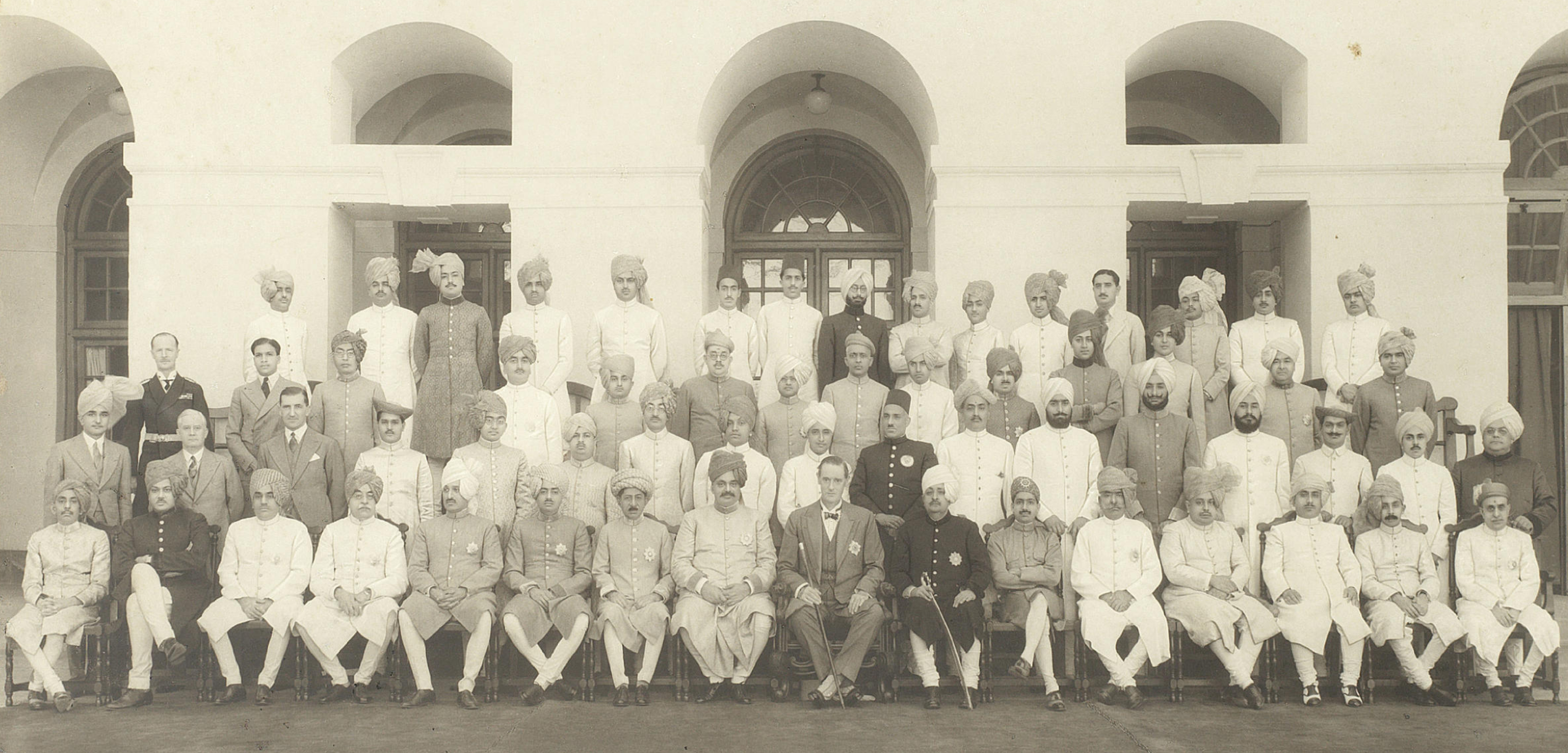
|
1946-1947 |
| VP Menon and the Birth of Independent India | |
| 1916 - 1947 | |
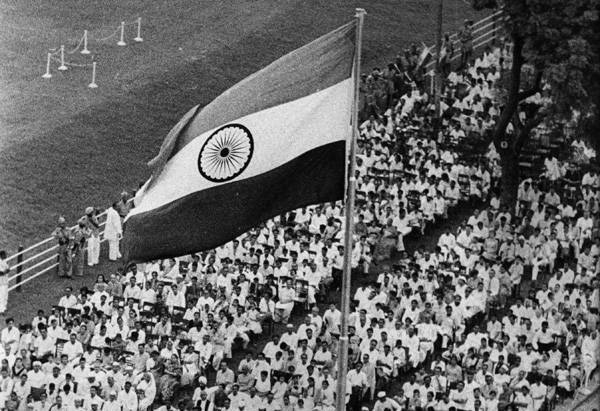
|
1916 - 1947 |
| 8 @ 75: 8 Speeches Independent Indians Must Read | |
| 1947-1951 | |
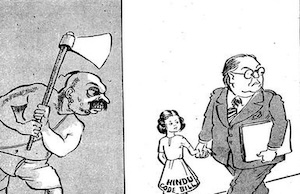
|
1947-1951 |
| Ambedkar Cartoons: The Joke’s On Us | |
| 1948 | |

|
1948 |
| “My Father, Do Not Rest” | |
| 1940-1960 | |

|
1940-1960 |
| Integration Myth: A Silenced History of Hyderabad | |
| 1948 | |
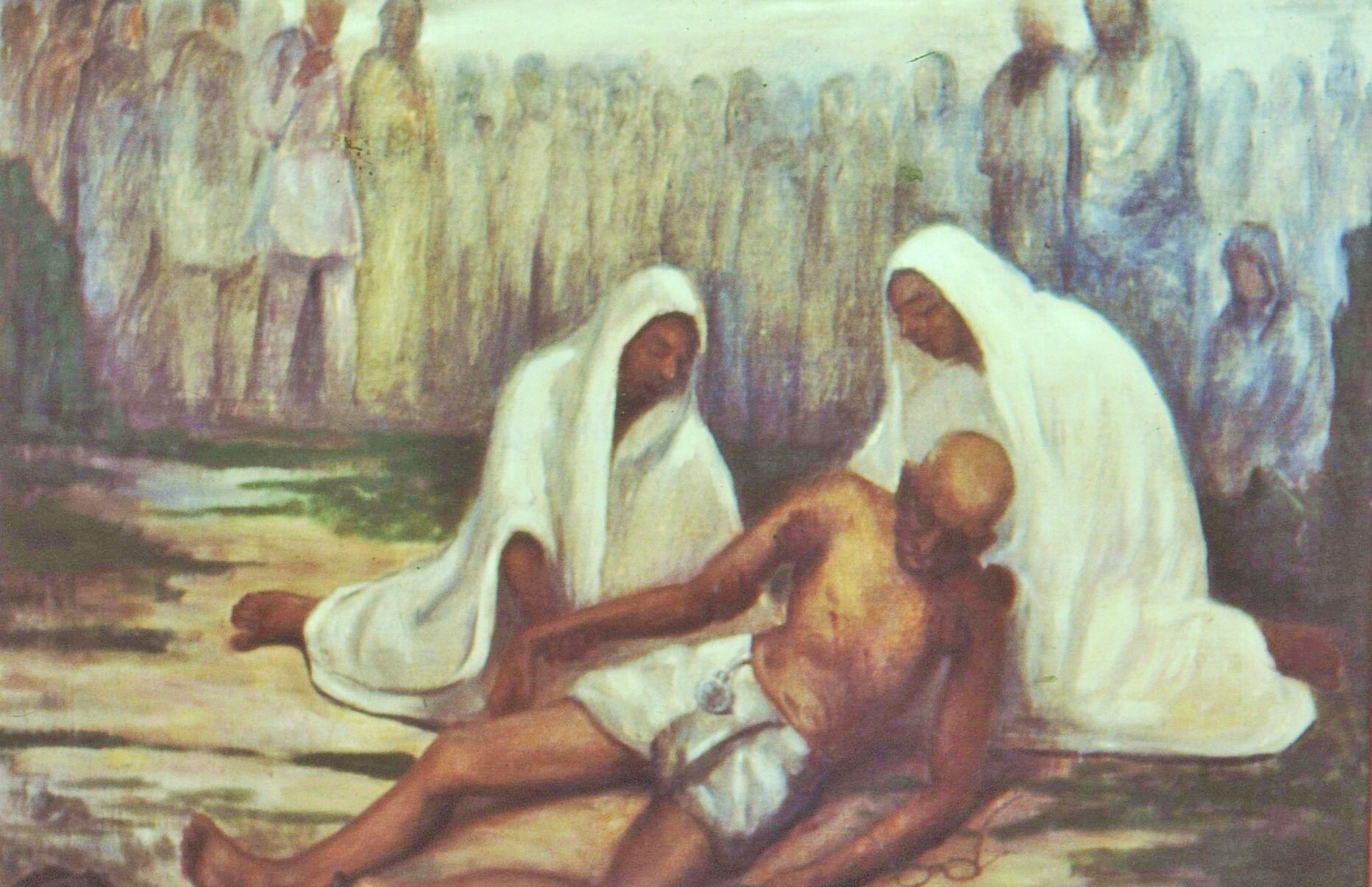
|
1948 |
| The Assassination of a Mahatma, the Princely States and the ‘Hindu’ Nation | |
| 1949 | |
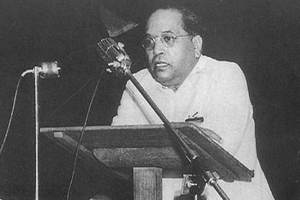
|
1949 |
| Ambedkar warns against India becoming a ‘Democracy in Form, Dictatorship in Fact’ | |
| 1950 | |
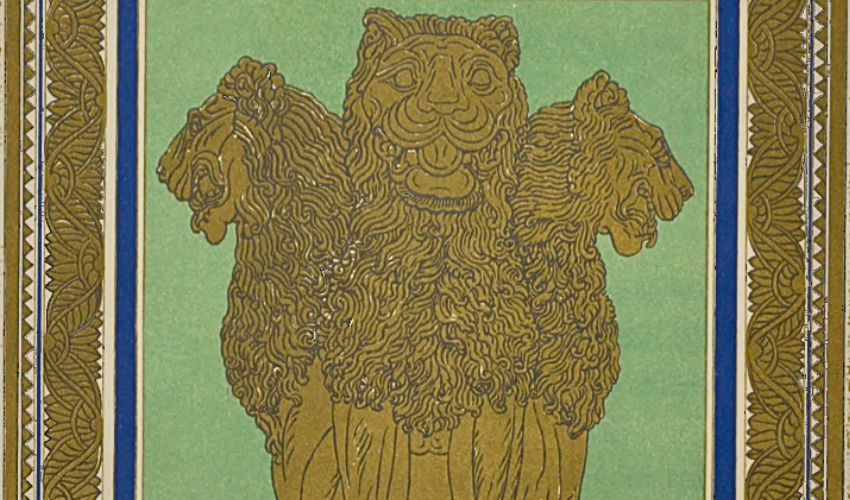
|
1950 |
| Illustrations from the constitution | |
| 1951 | |
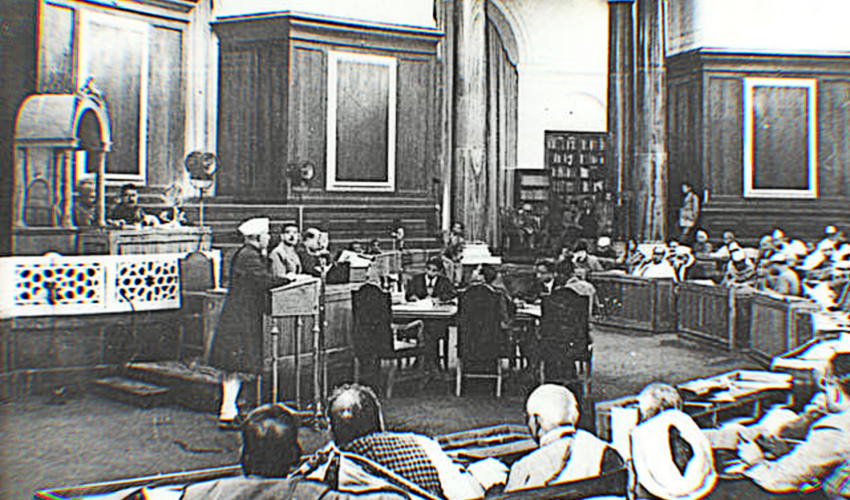
|
1951 |
| How the First Amendment to the Indian Constitution Circumscribed Our Freedoms & How it was Passed | |
| 1967 | |
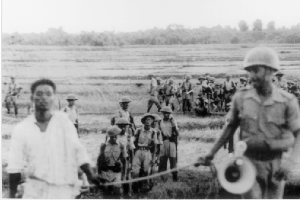
|
1967 |
| Once Upon A Time In Naxalbari | |
| 1970 | |
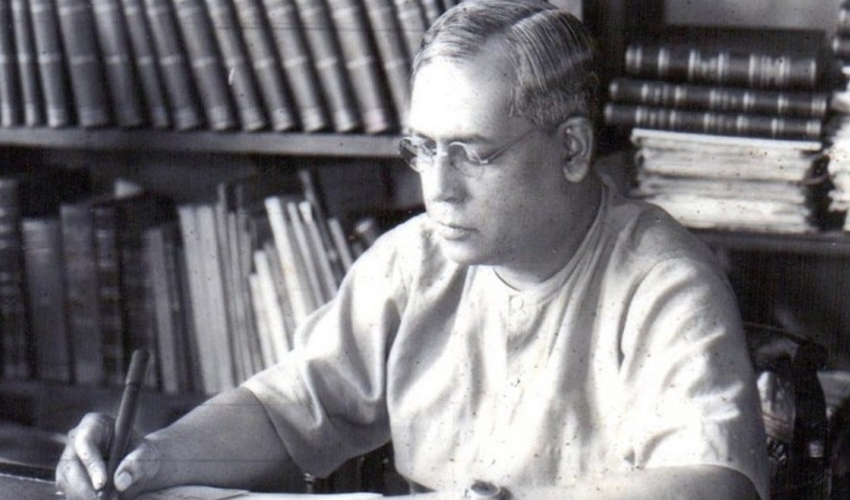
|
1970 |
| R.C. Majumdar on Shortcomings in Indian Historiography | |
| 1973 - 1993 | |
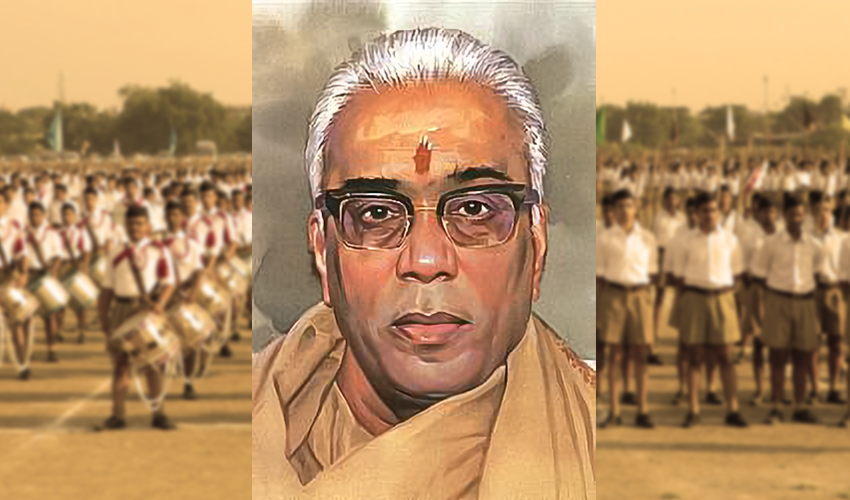
|
1973 - 1993 |
| Balasaheb Deoras: Kingmaker of the Sangh | |
| 1975 | |
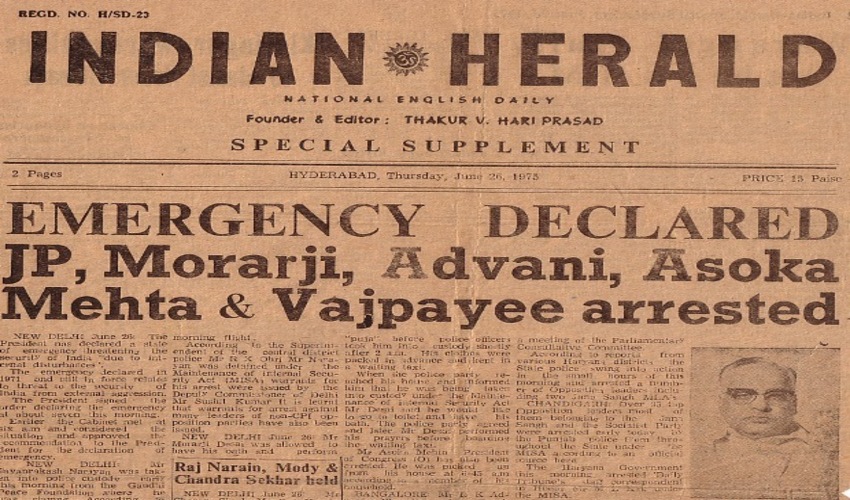
|
1975 |
| The Emergency Package: Shadow Power | |
| 1975 | |
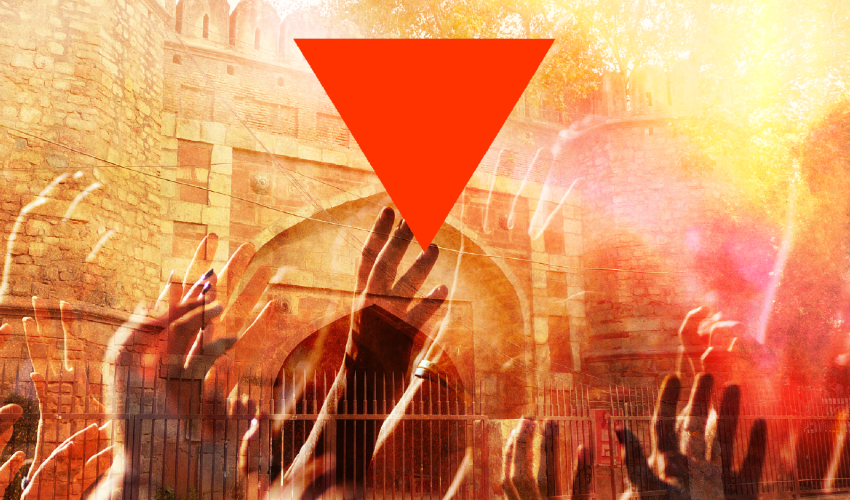
|
1975 |
| The Emergency Package: The Prehistory of Turkman Gate – Population Control | |
| 1977 – 2011 | |
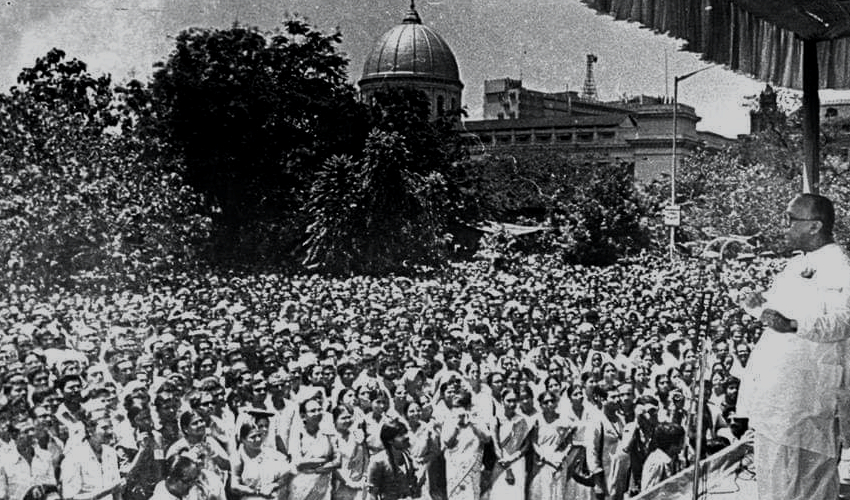
|
1977 – 2011 |
| Power is an Unforgiving Mistress: Lessons from the Decline of the Left in Bengal | |
| 1984 | |
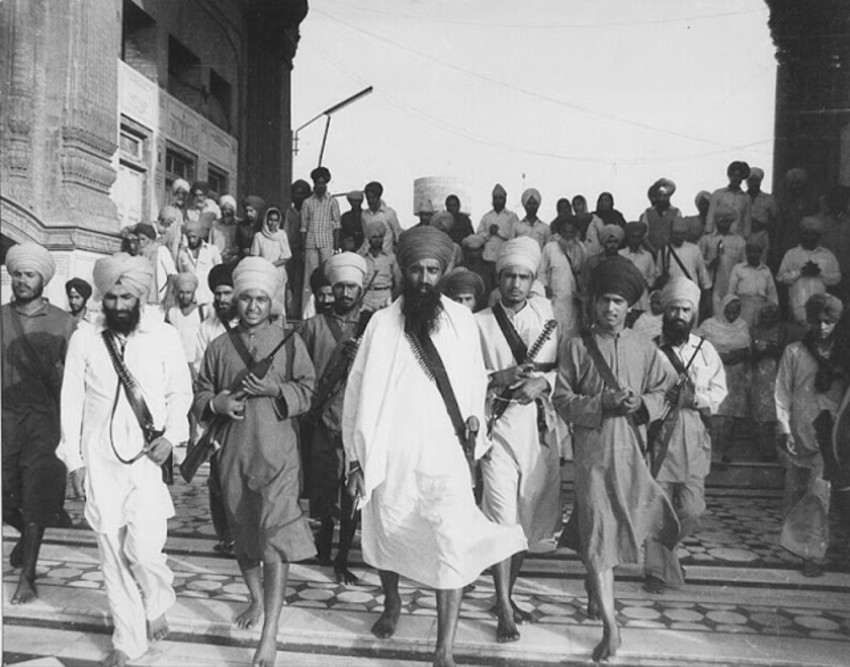
|
1984 |
| Mrs Gandhi’s Final Folly: Operation Blue Star | |
| 1916-2004 | |

|
1916-2004 |
| Amjad Ali Khan on M.S. Subbulakshmi: “A Glorious Chapter for Indian Classical Music” | |
| 2008 | |
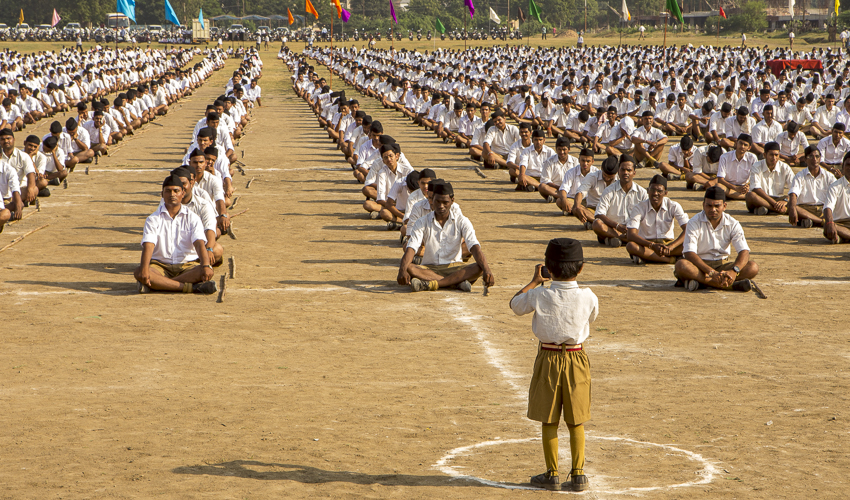
|
2008 |
| Whose History Textbook Is It Anyway? | |
| 2006 - 2009 | |

|
2006 - 2009 |
| Singur-Nandigram-Lalgarh: Movements that Remade Mamata Banerjee | |
| 2020 | |

|
2020 |
| The Indo-China Conflict: 10 Books We Need To Read | |
| 2021 | |
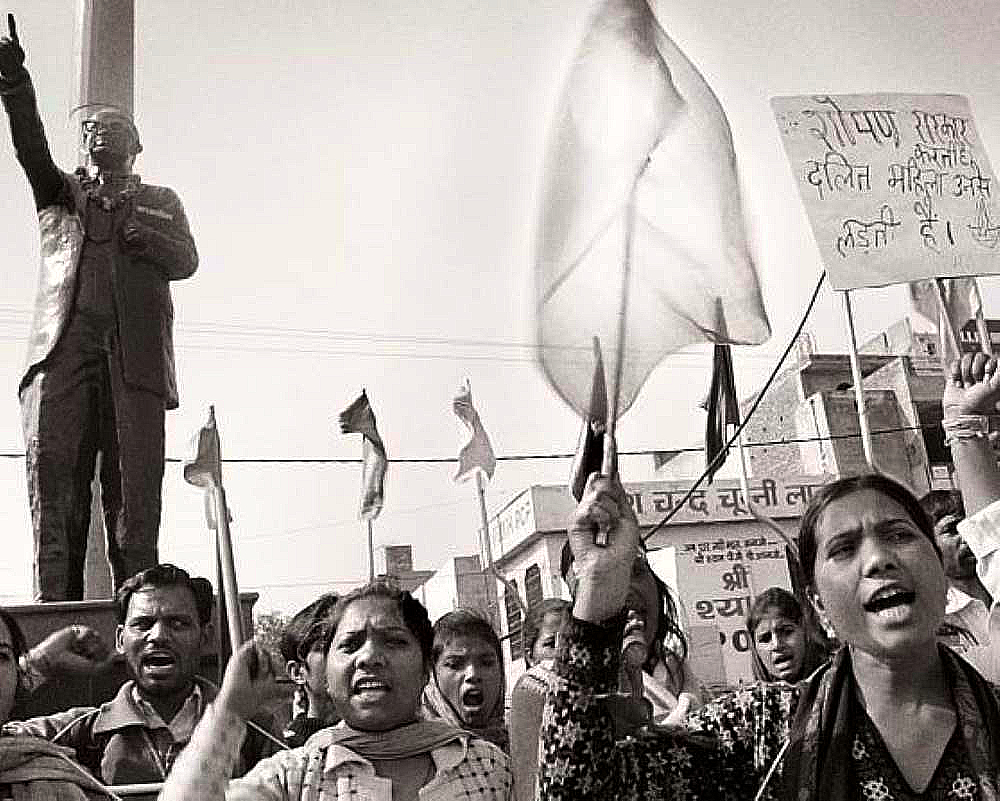
|
2021 |
| Singing/Writing Liberation: Dalit Women’s Narratives | |